-
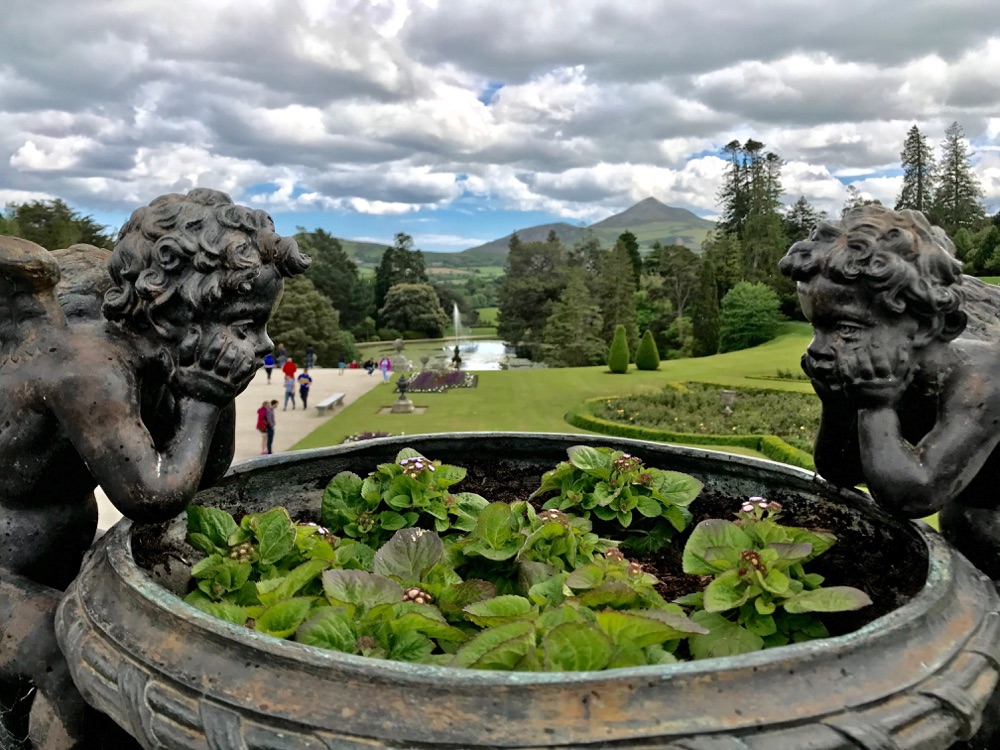
Powerscourt, County Wicklow, Ireland
-
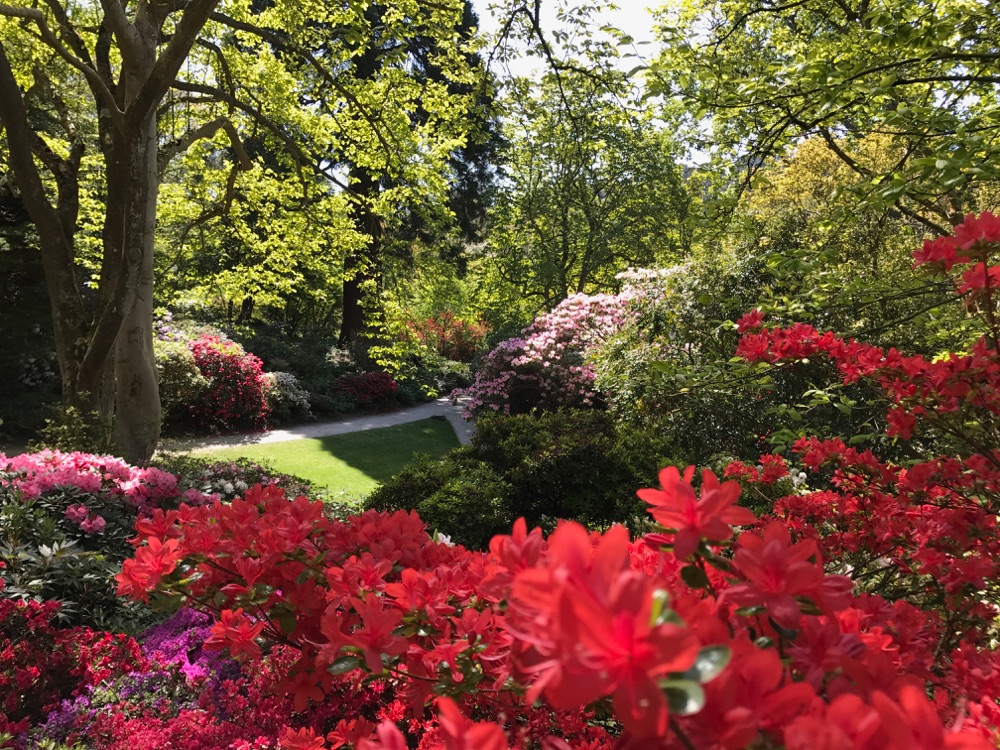
Bodnant Garden, North Wales
-

Isola Bella, Lake Maggiore, Italy
-
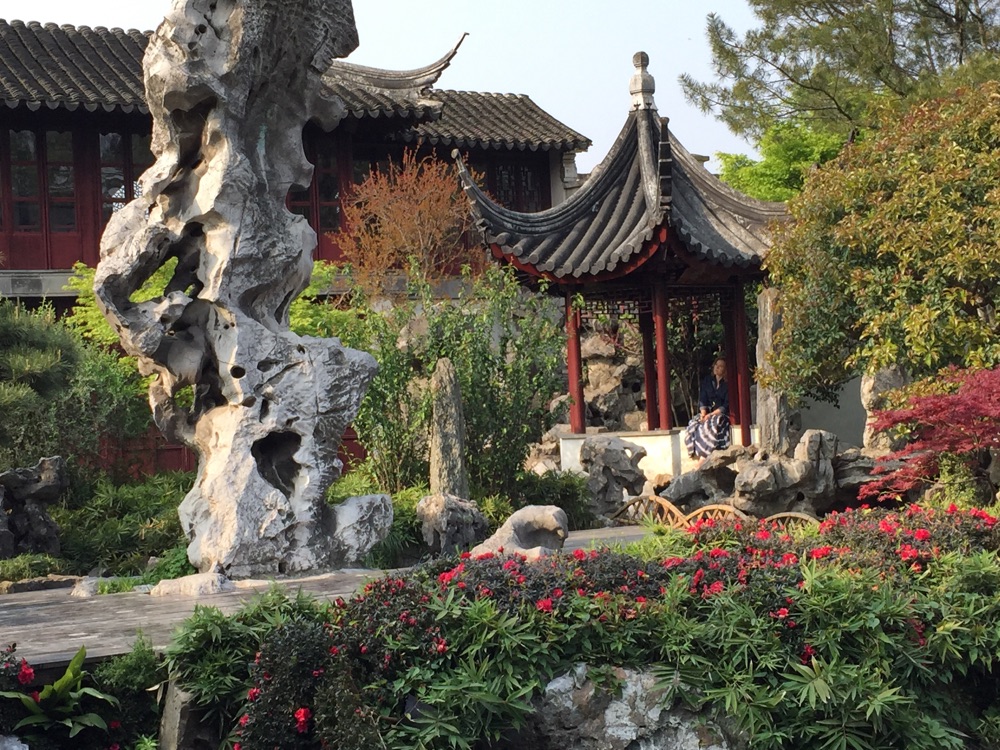
Lingering Garden, Suzhou, China
-
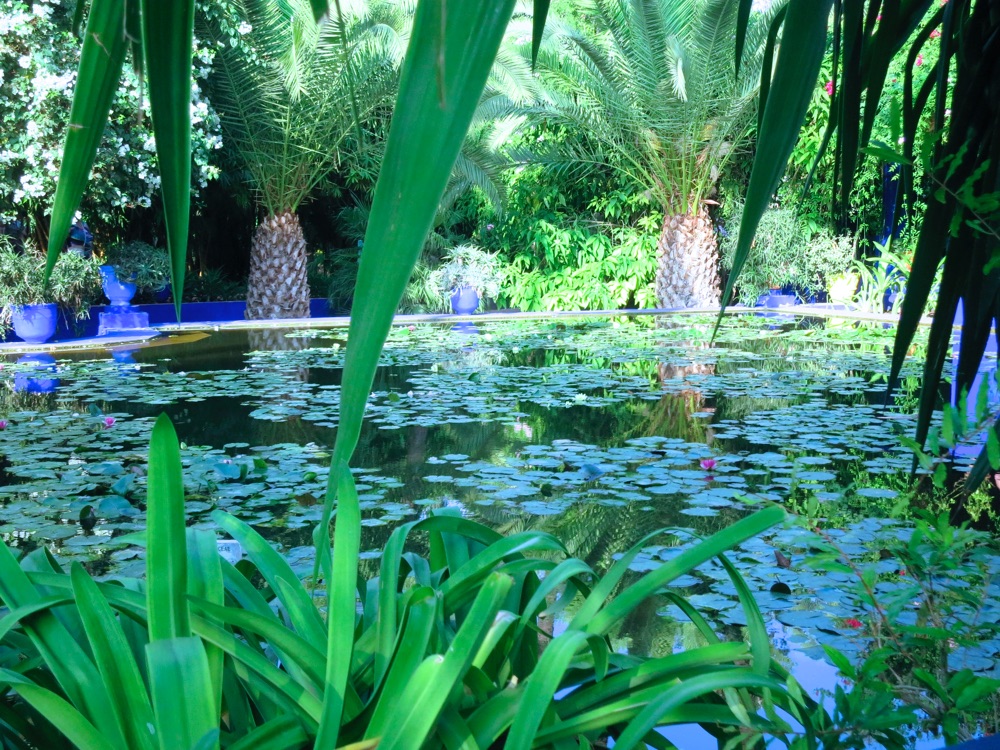
Majorelle Garden, Marrakesh, Morocco
-
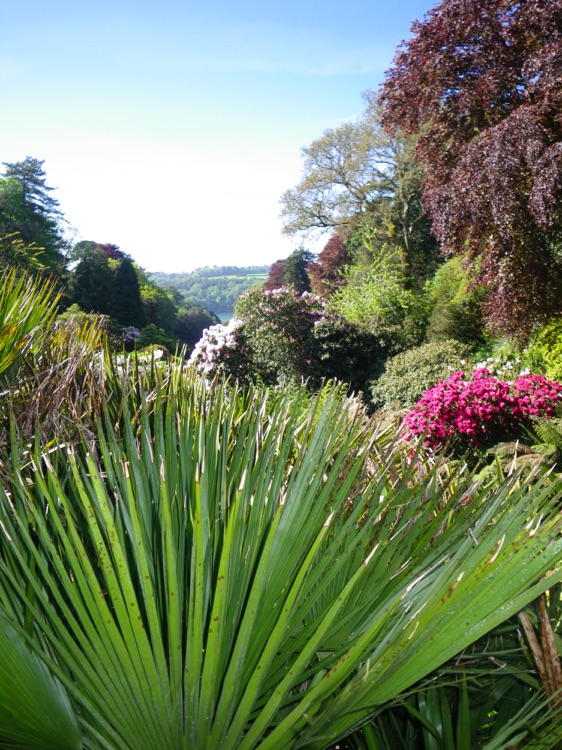
Trebah, Mawnan Smith, Cornwall, England
-
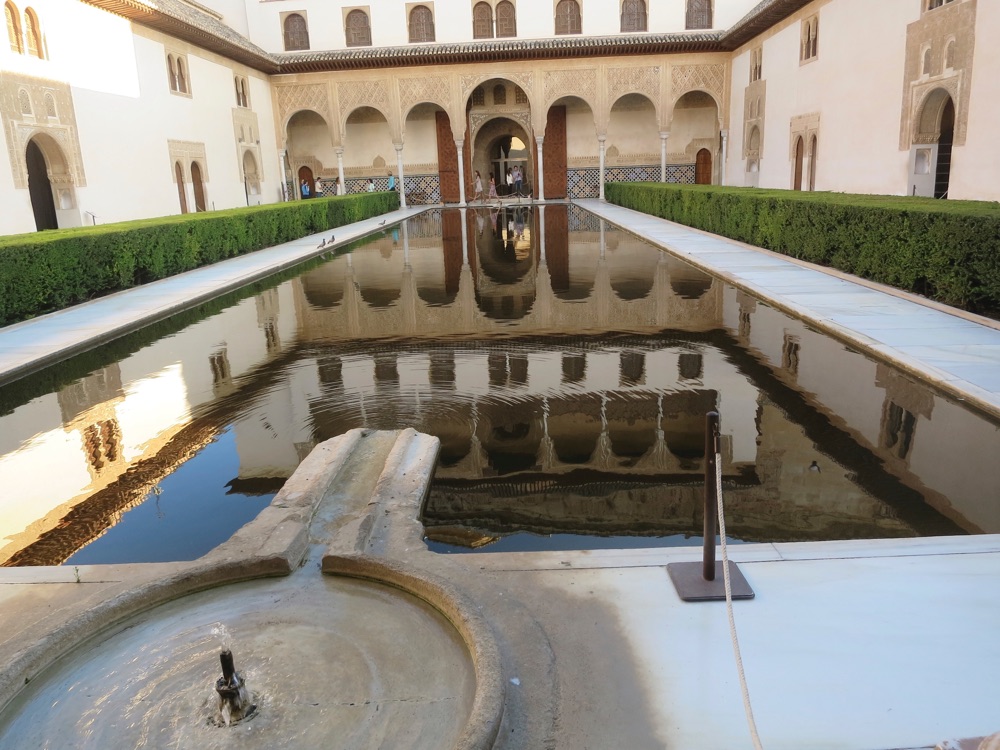
Myrtle Courtyard, Alhambra, Granada, Spain
-
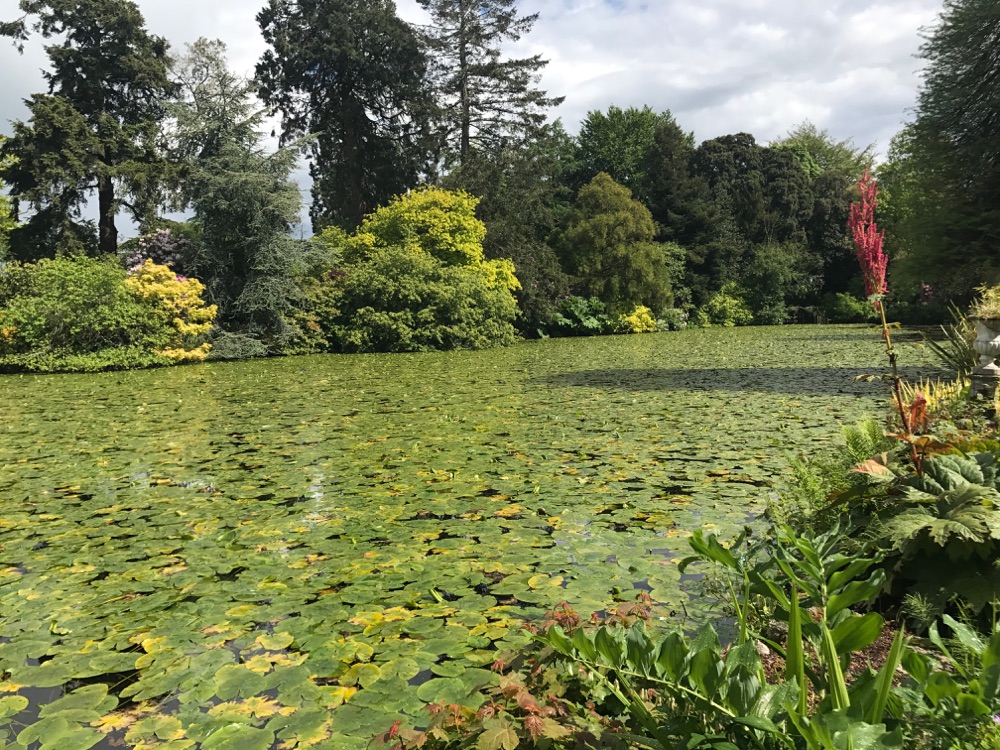
Altamont Gardens, Carlow, Ireland
-
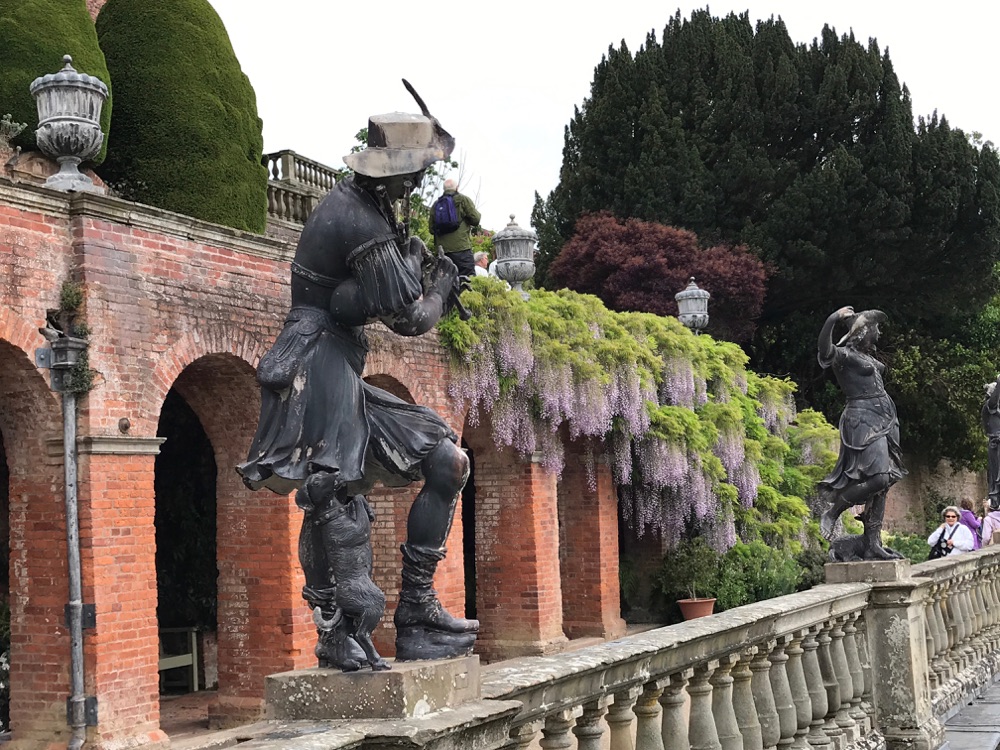
Powis Castle Garden, Welshpool, North Wales
-
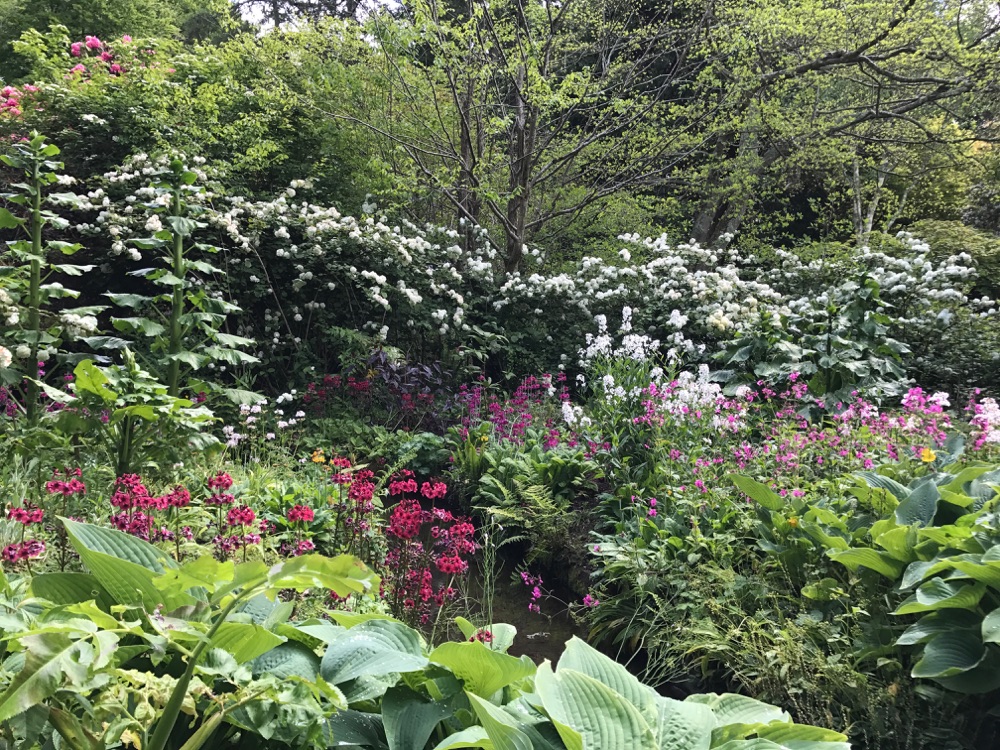
Mount Usher, County Wicklow, Ireland
-
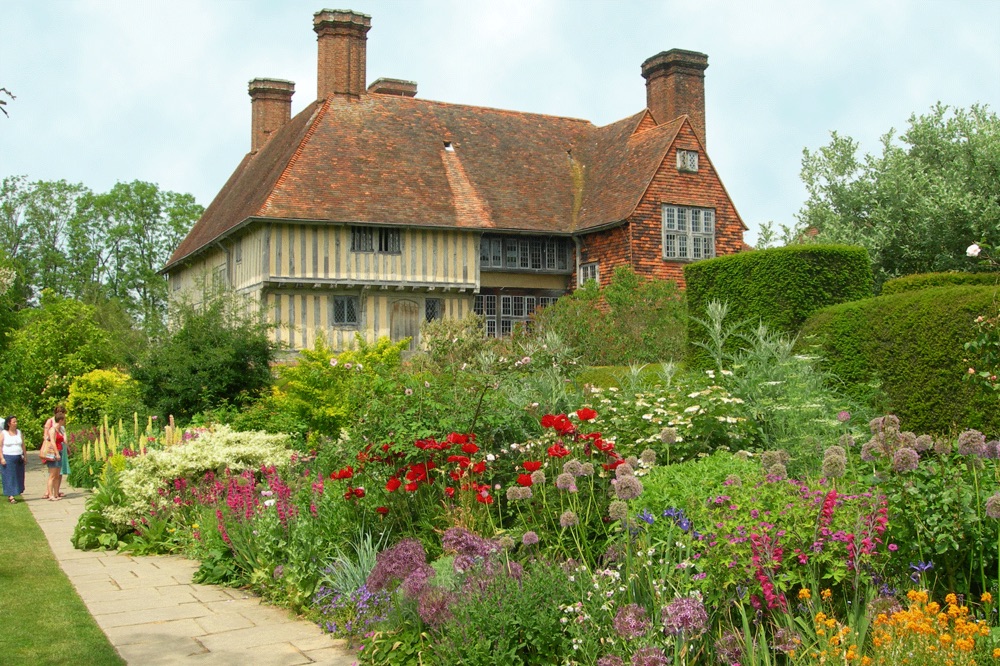
Great Dixter, East Sussex, England
-
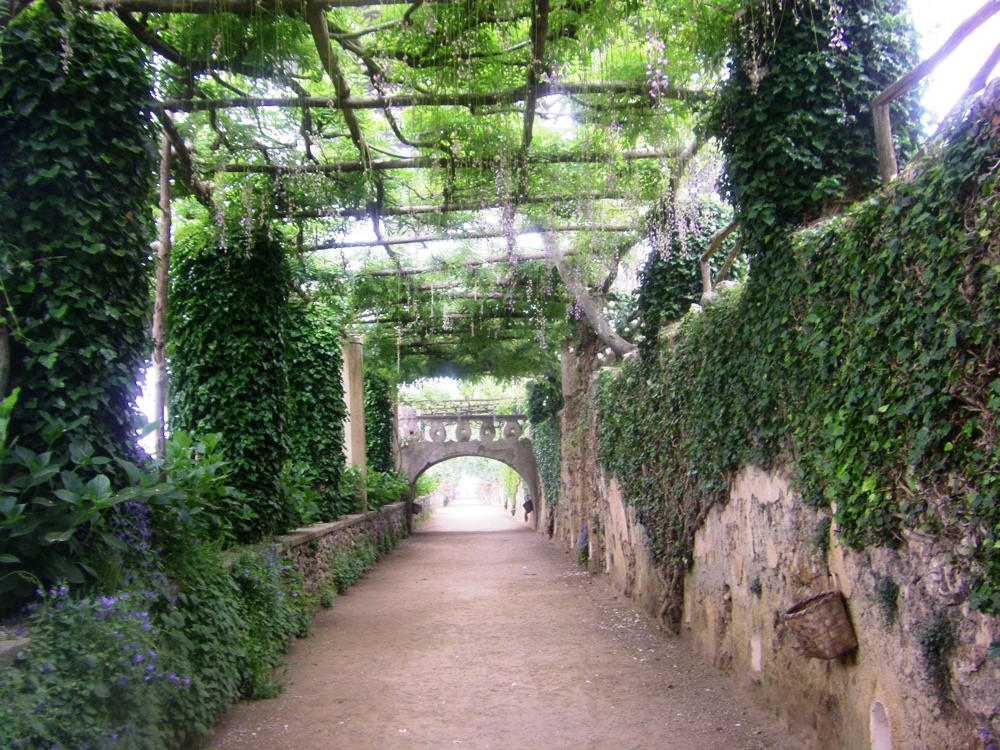
Villa Cimbrone, Ravello, Italy
-
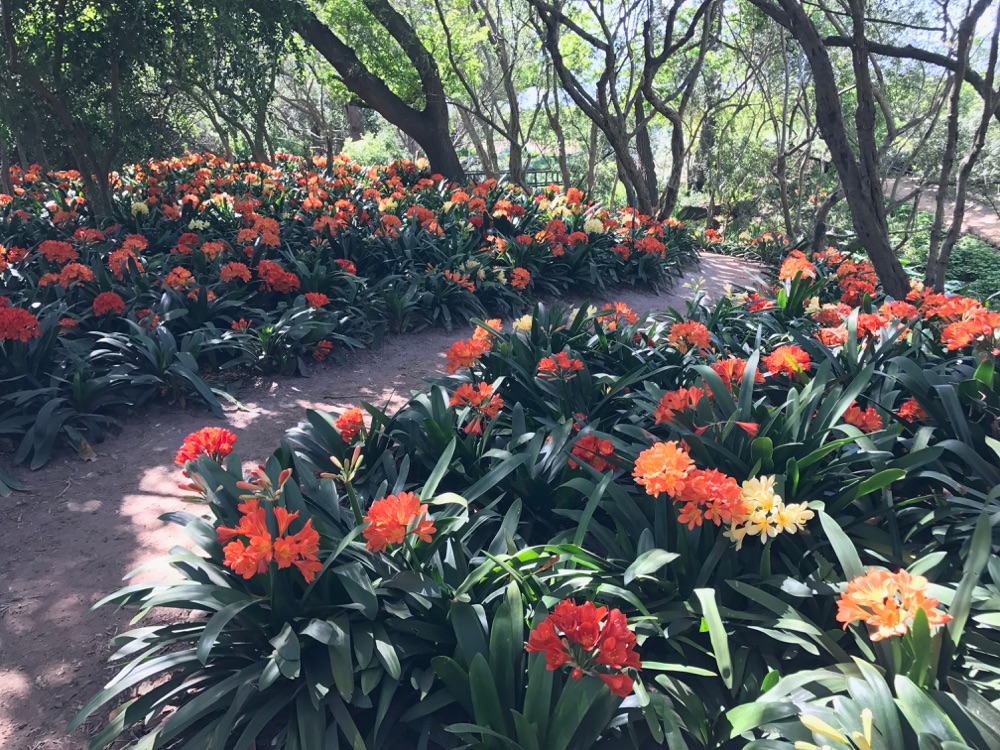
Babylonstoren, outside Stellenbosch, South Africa
-
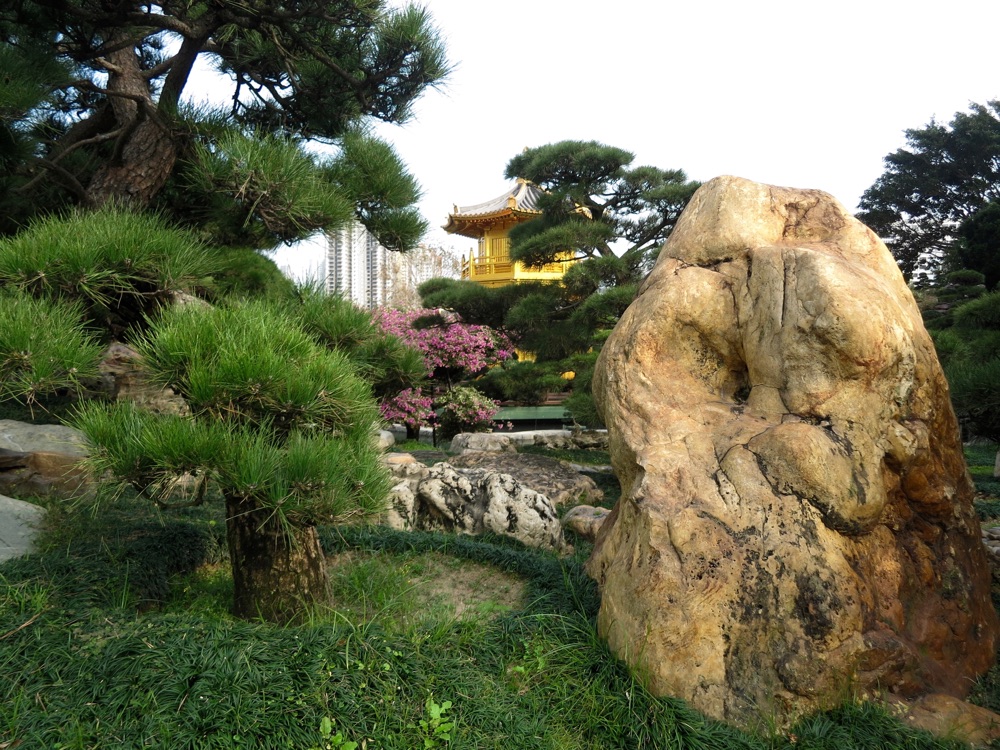
Nan Lian Garden, Diamond Hill, Hong Kong
-

Kirstenbosch Botanical Garden, Cape Town, South Africa
-
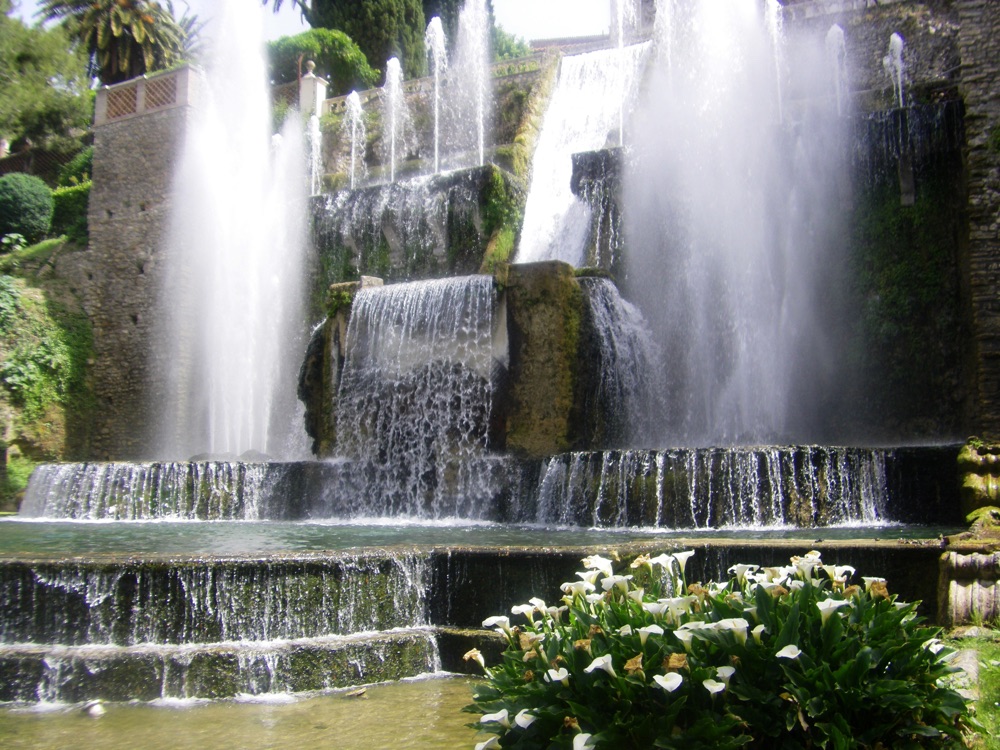
Villa d'Este, Tivoli, Italy
-
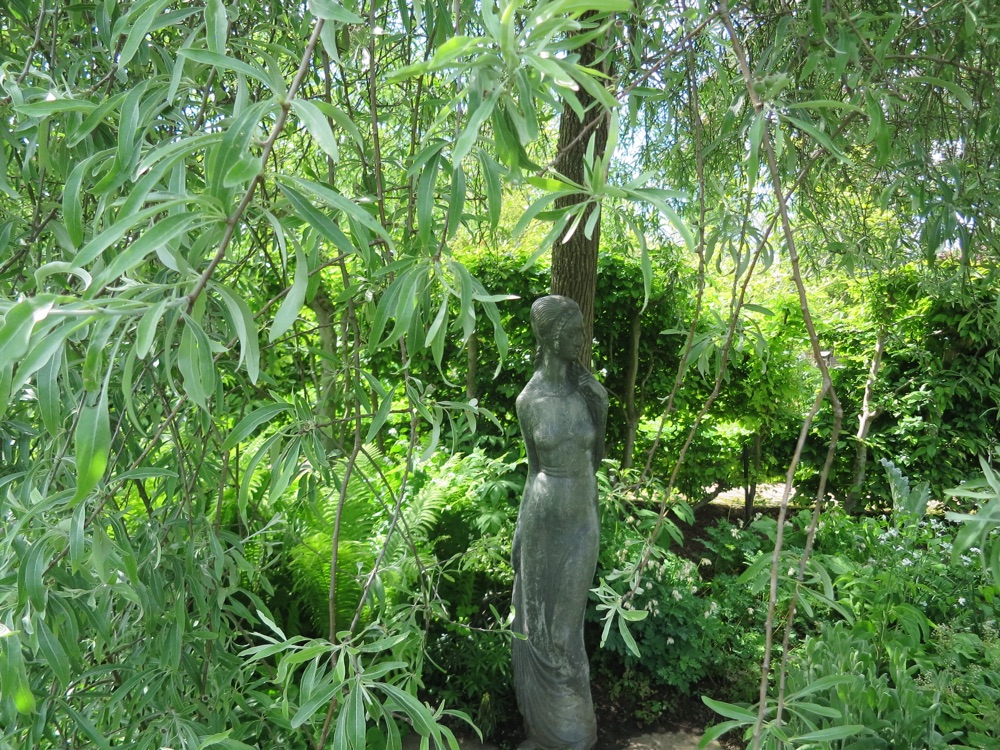
Sissinghurst Castle Garden, Kent, England
-
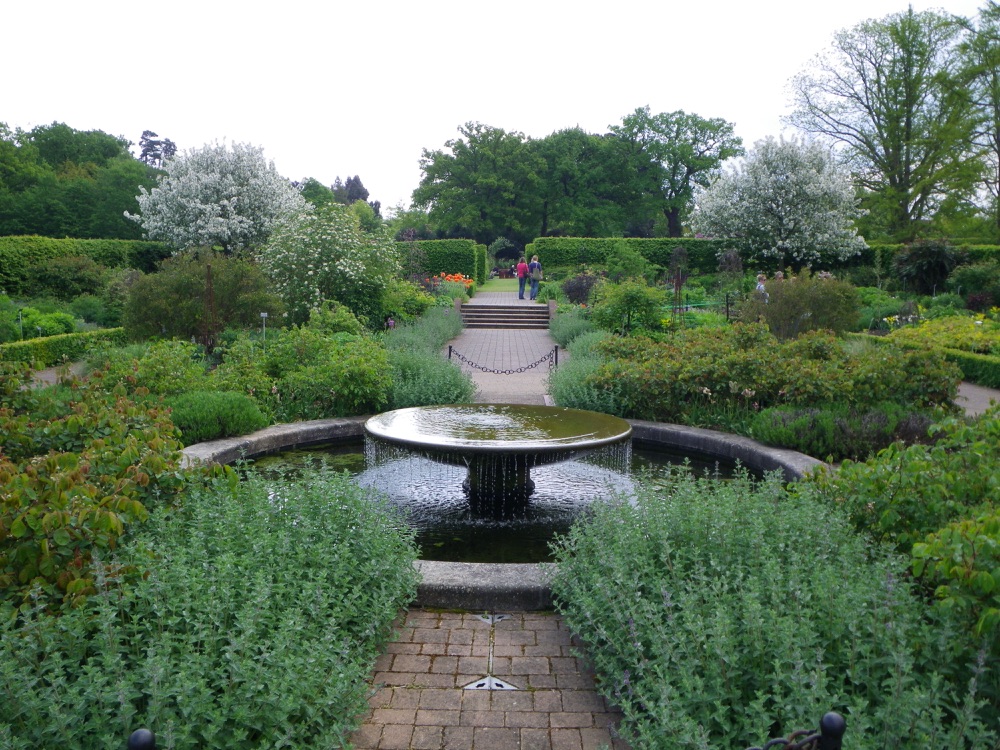
RHS Wisley, Surrey, England
-
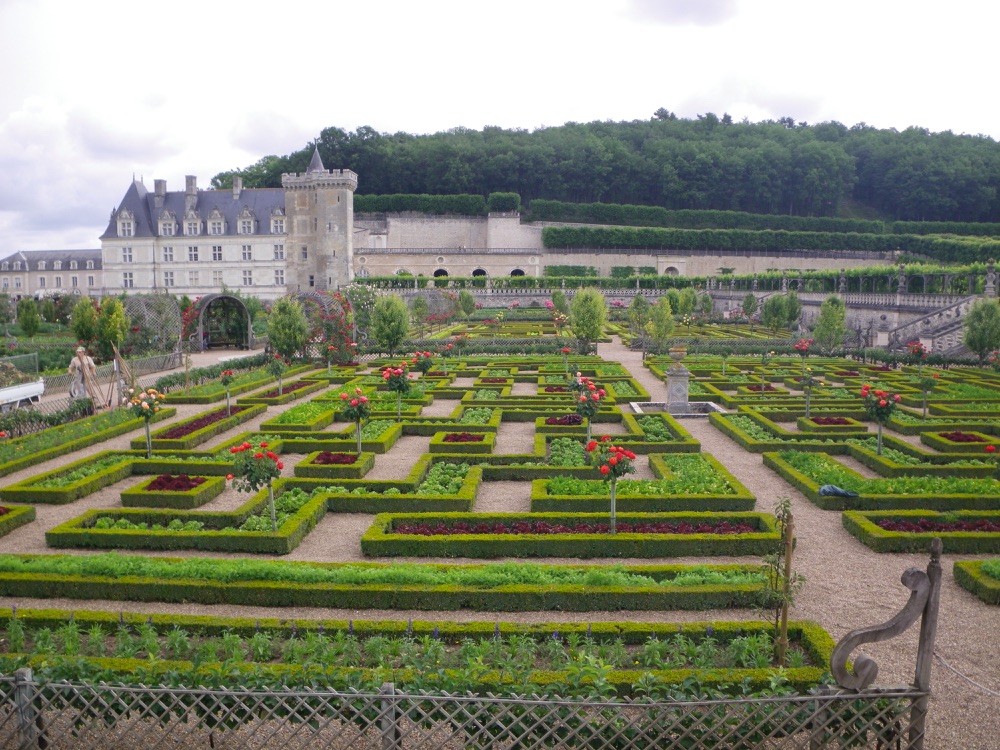
Chateau de Villandry, Indre-et-Loire, France
-
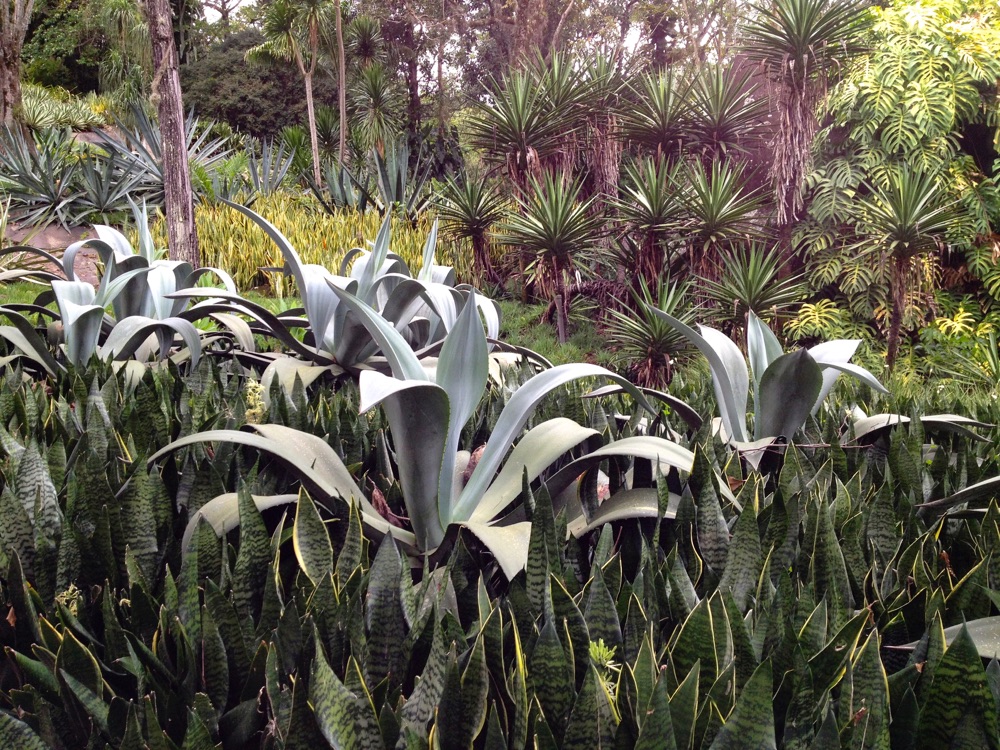
Sitio Roberto Burle Marx, Rio de Janeiro, Brazil
-
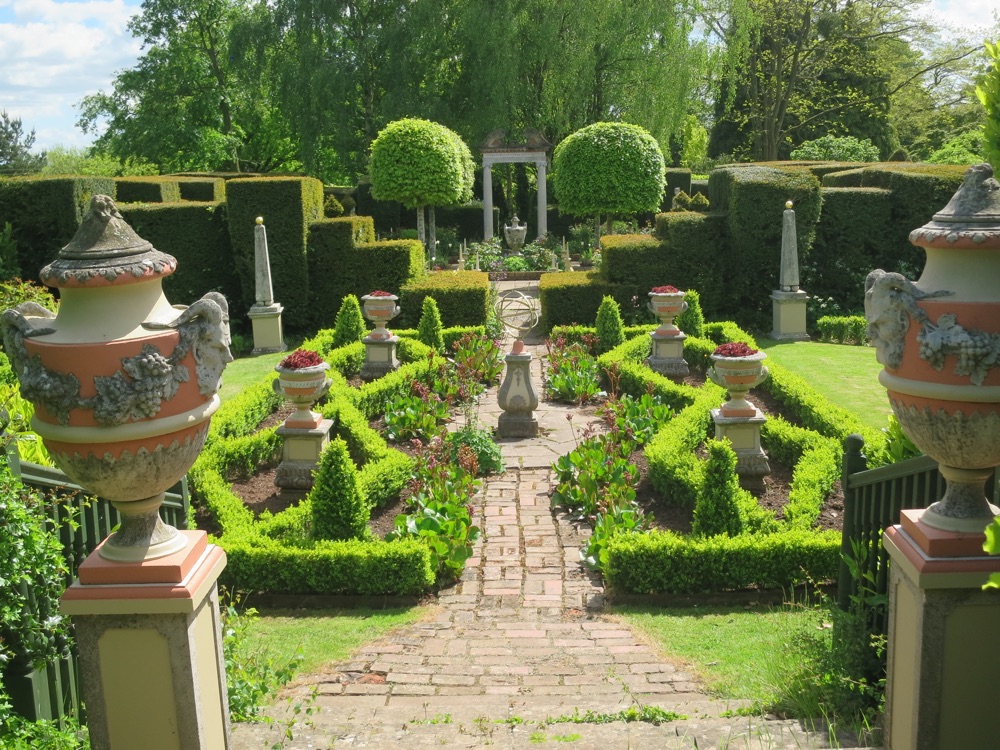
The Laskett, Much Birch, Herefordshire, England
-
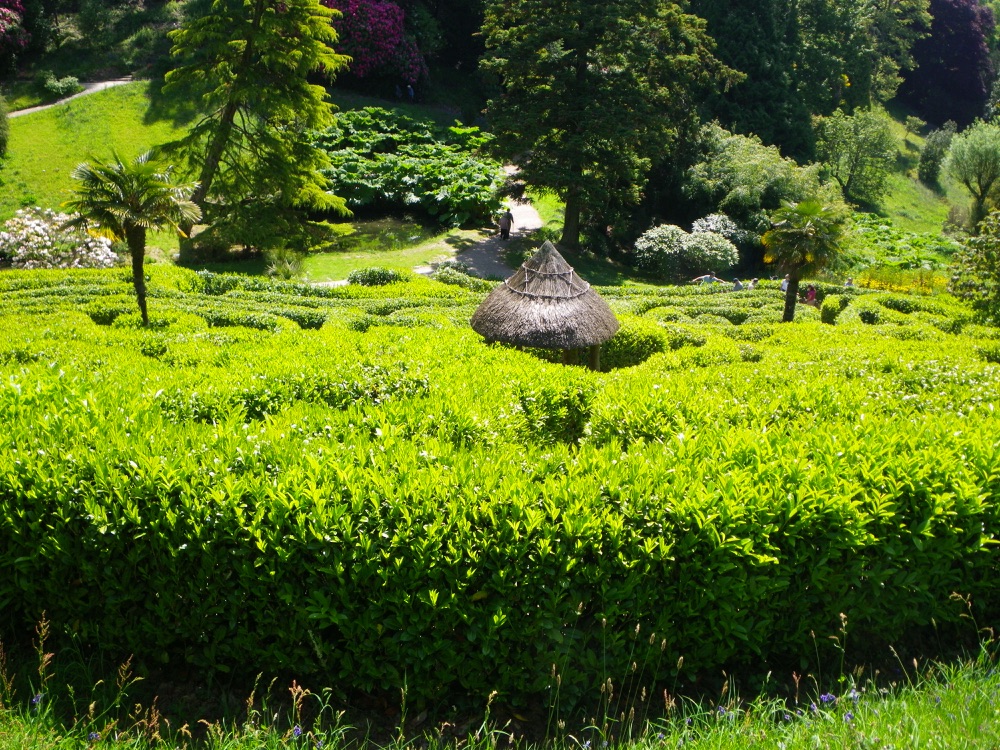
Glendurgan, Mawnan Smith, Cornwall, England
-
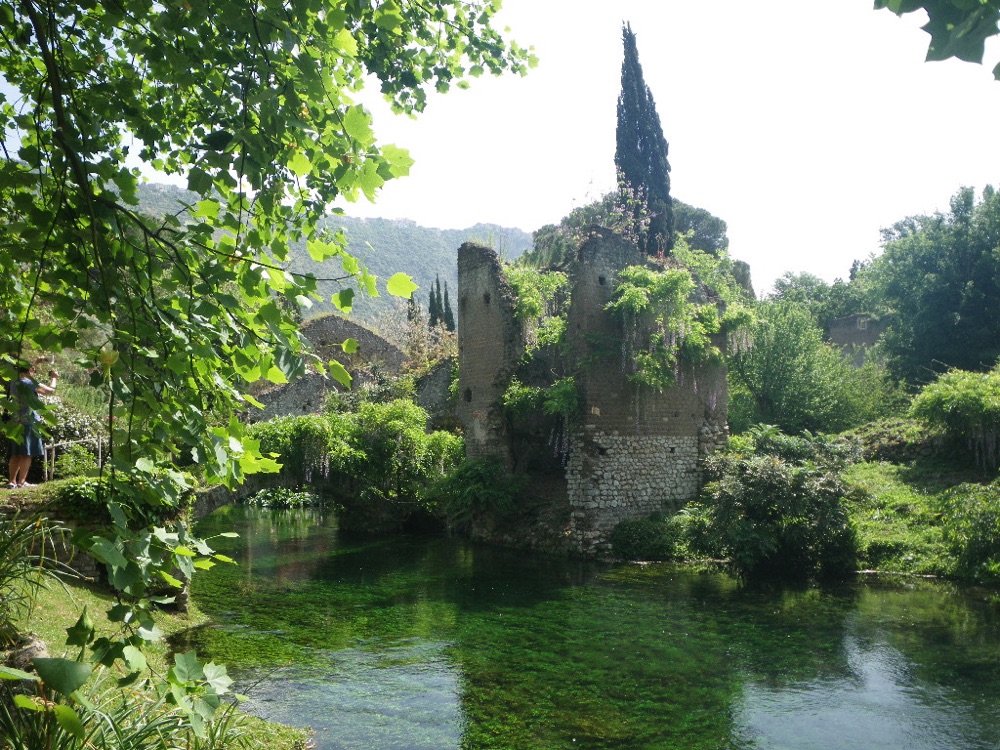
Ninfa, Latina, Italy
-
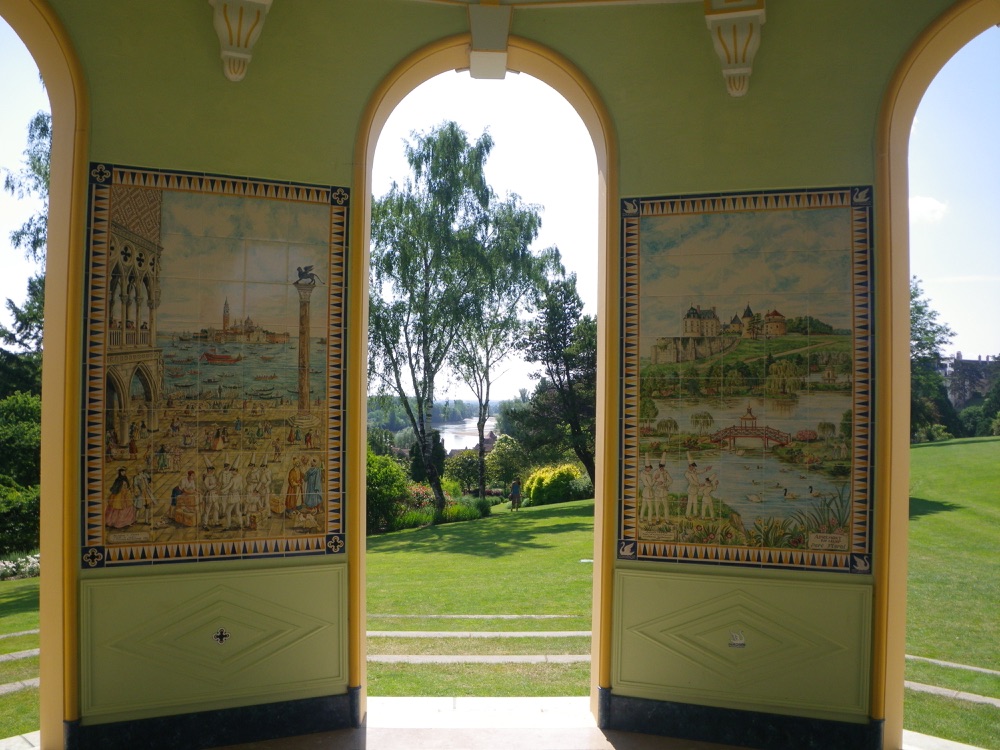
Parc Floral, Apremont sur Allier, France
-
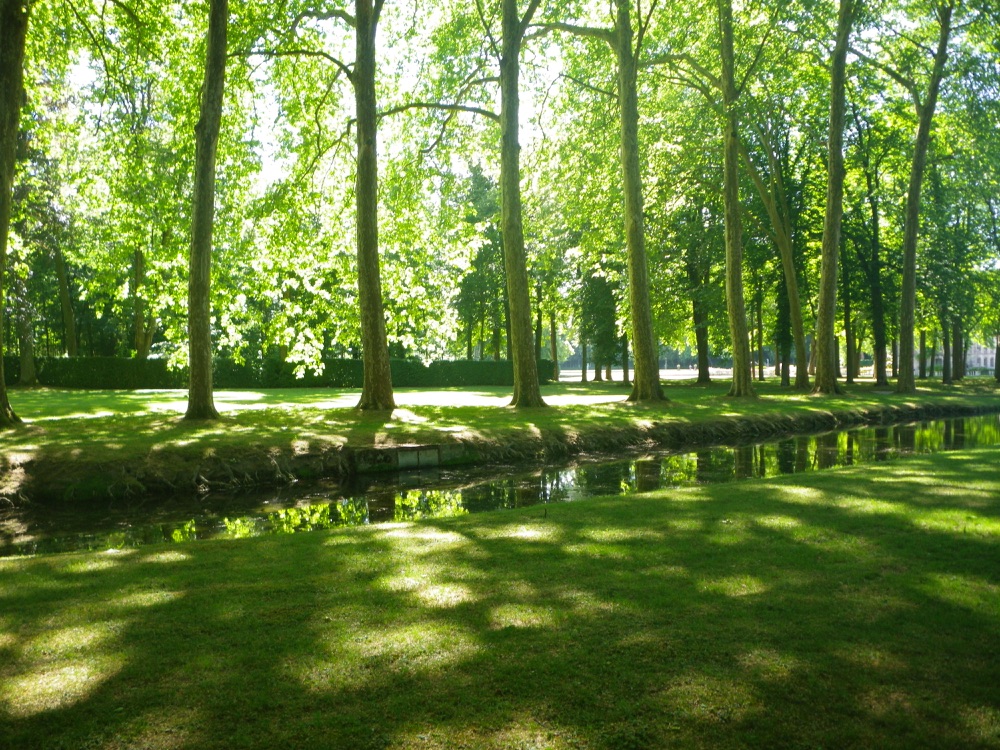
Chateau de Courance, France
-
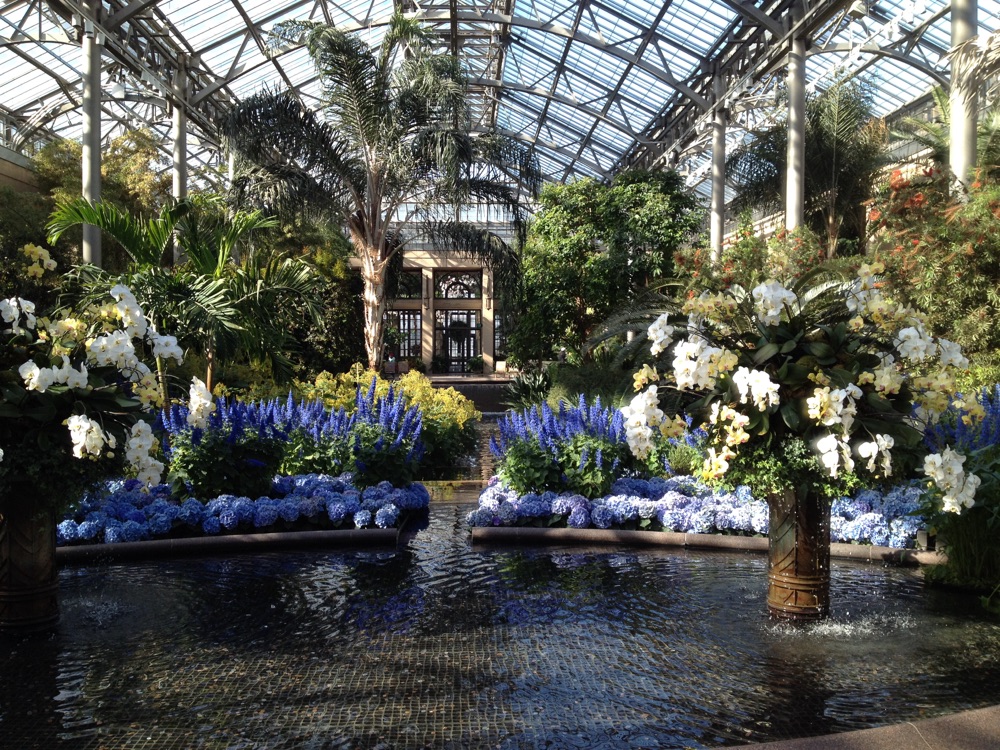
Longwood Gardens, Kennett Square, Pennsylania, USA
-
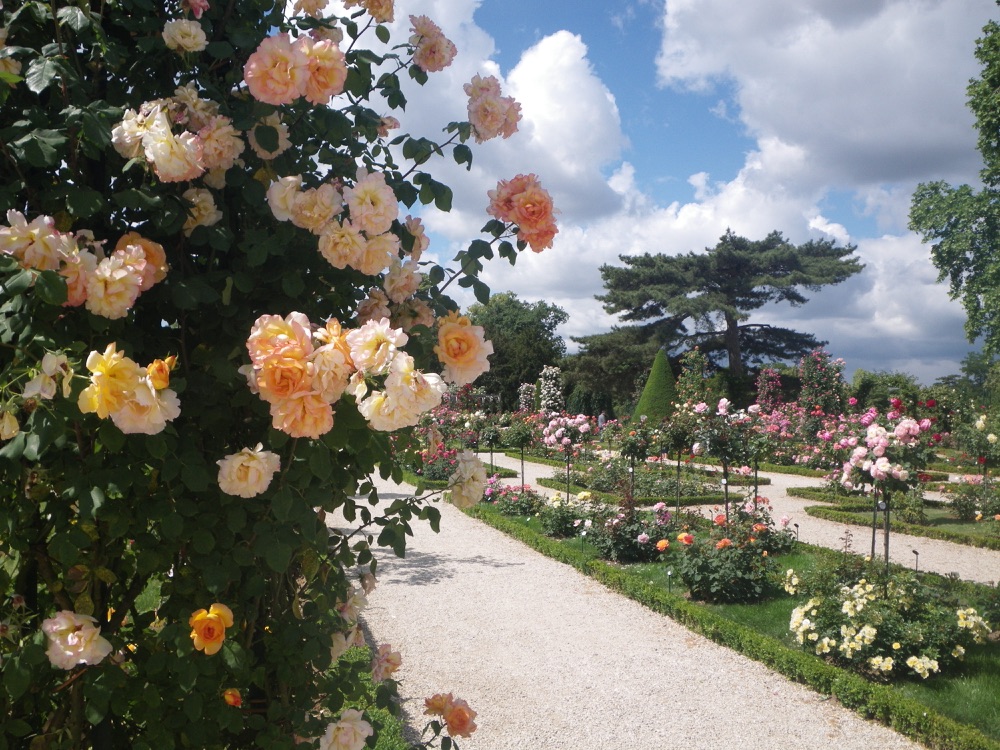
Bagatelle Garden, Paris, France
-
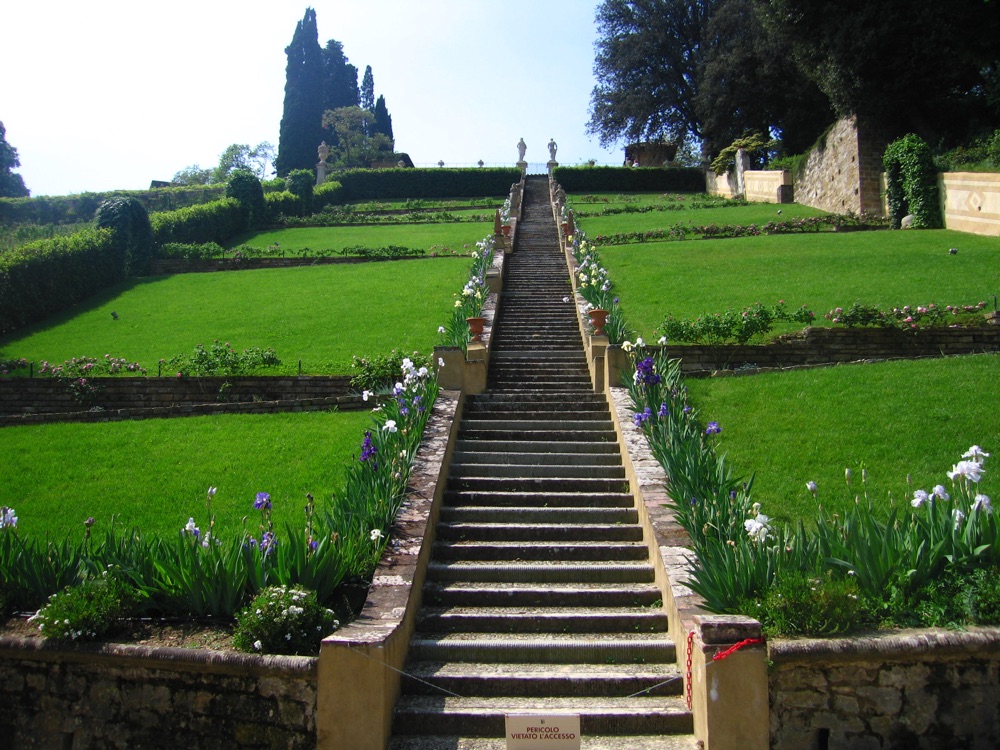
Giardino Bardini, Florence, Italy
-
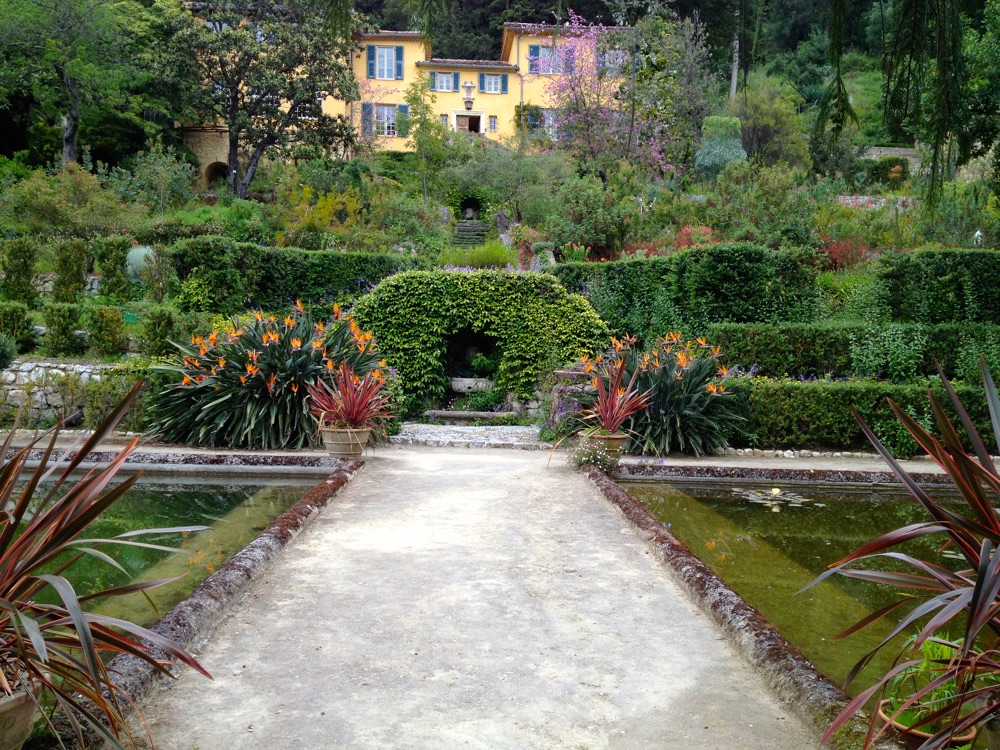
Serre de la Madone, Menton, France
-
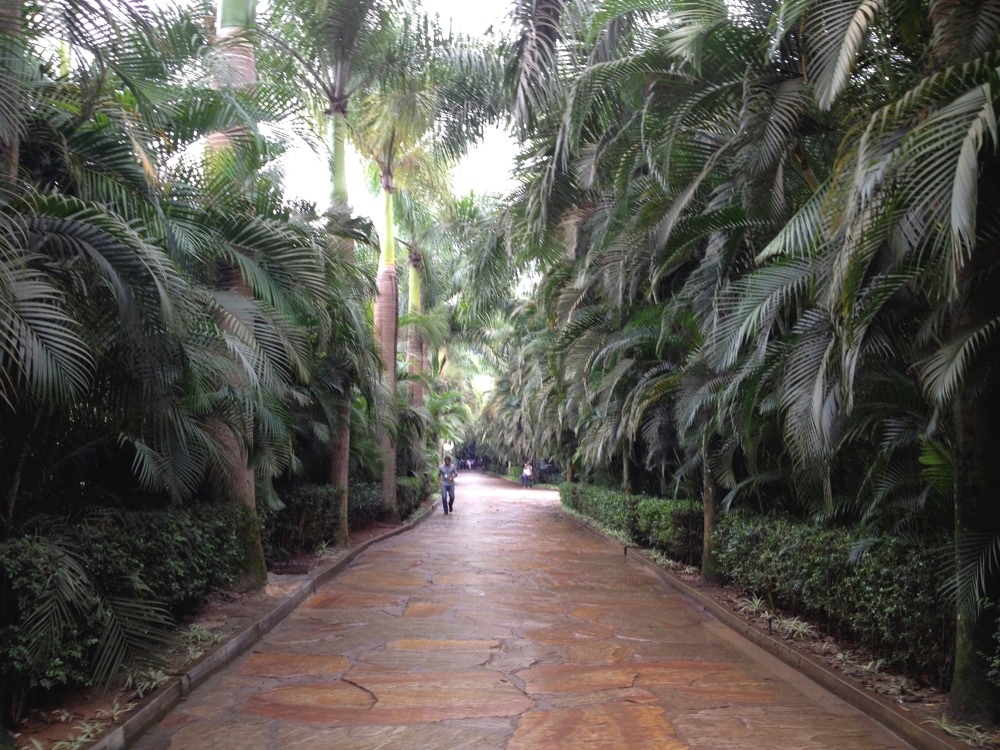
Inhotim, Brumadinho, Brazil
-
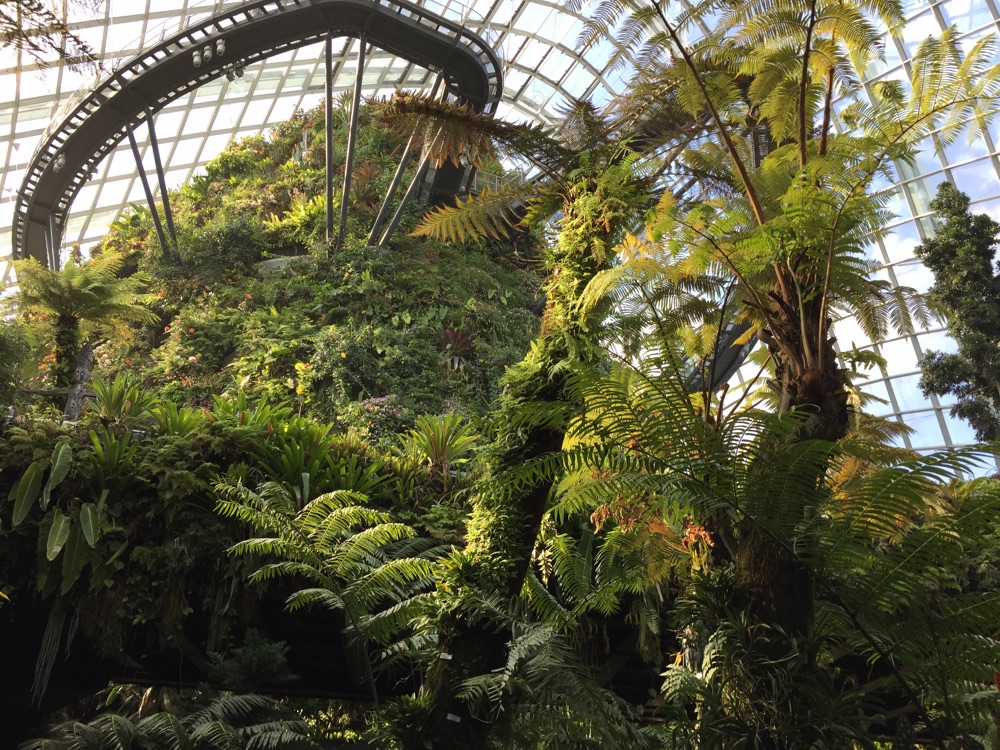
Gardens by the Bay, Singapore
-
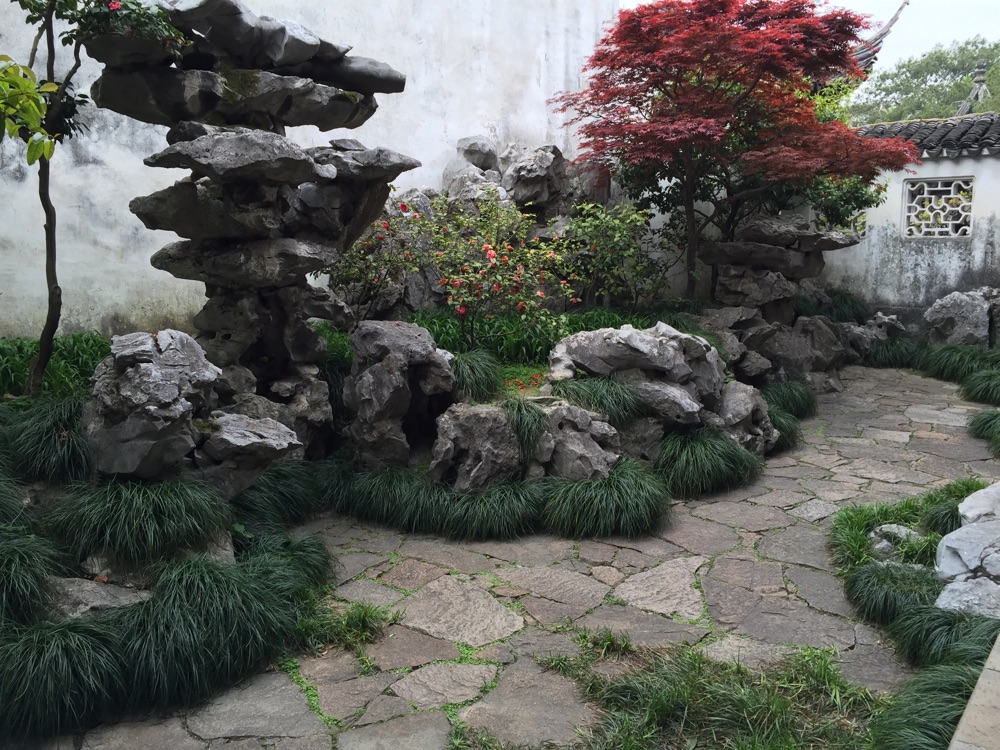
Master of the Nets Garden, Suzhou, China
-
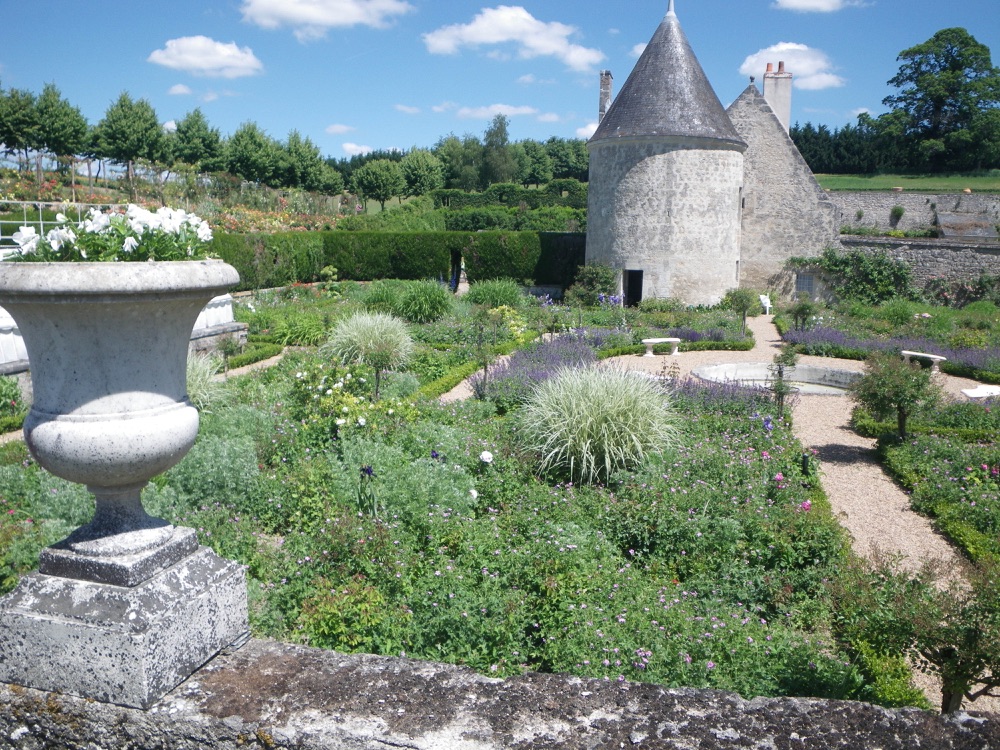
Chateau de la Chatonniere, Azay-le-Rideau, France
-
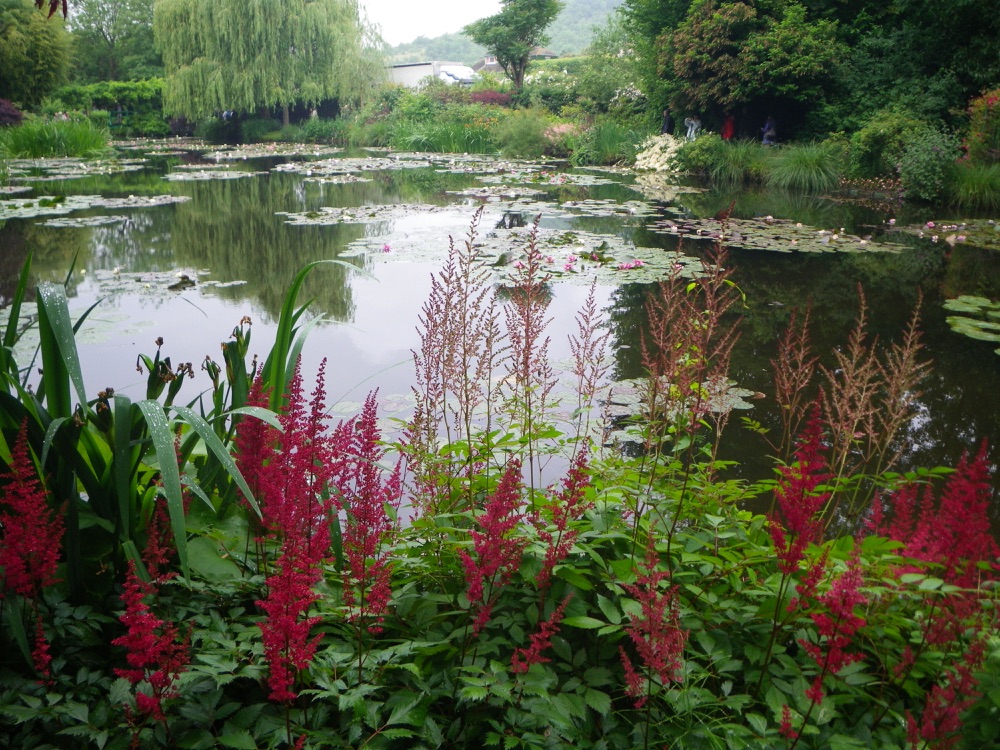
Monet's Garden, Giverny, France
-
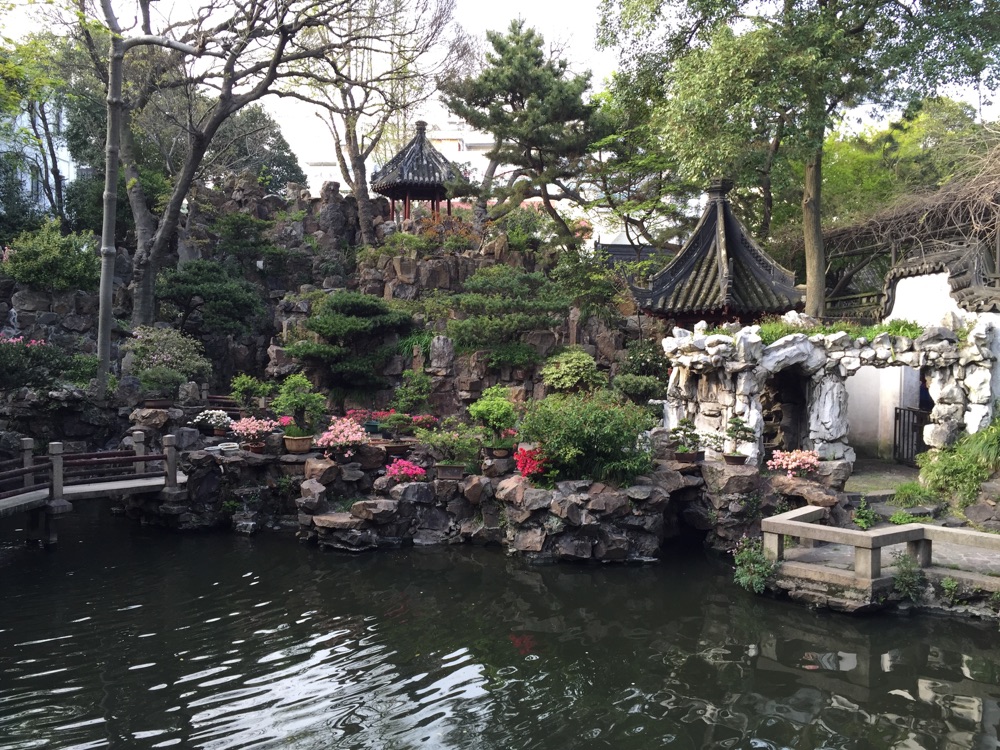
Yu Garden, Shanghai, China
-
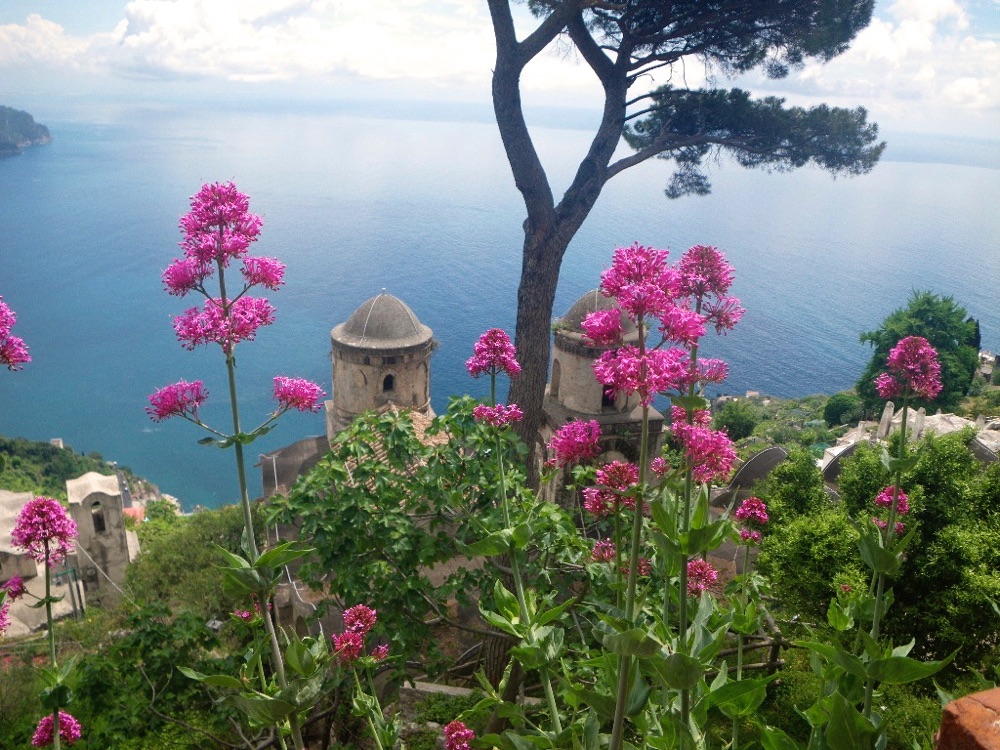
Villa Rufolo, Ravello, Italy
-
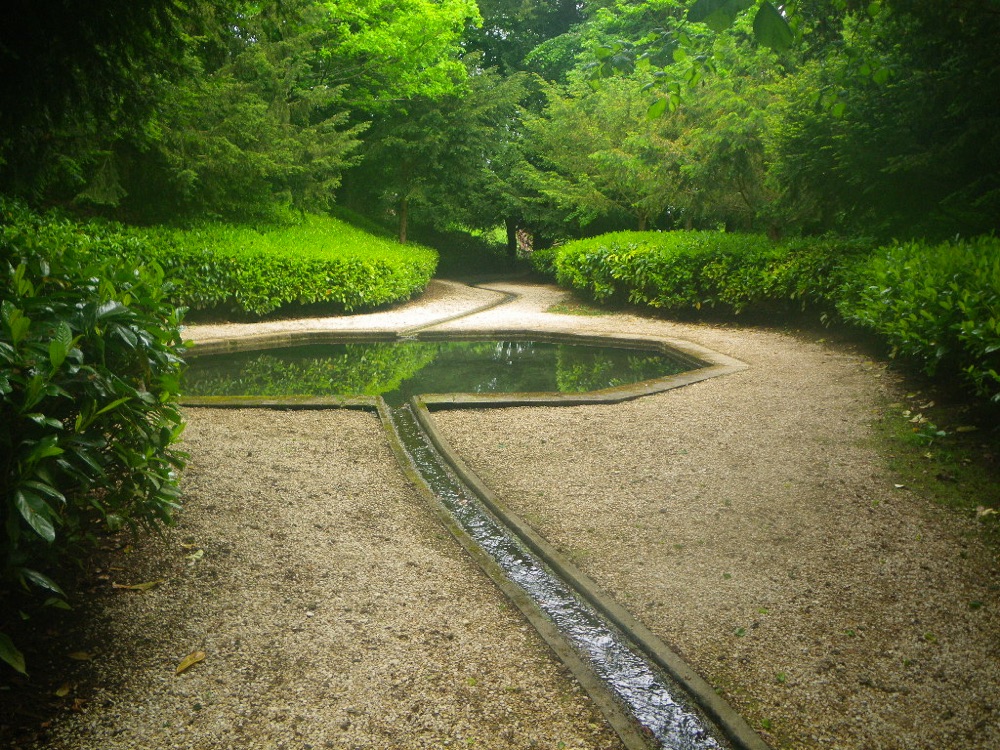
Rousham, Bicester, England
-
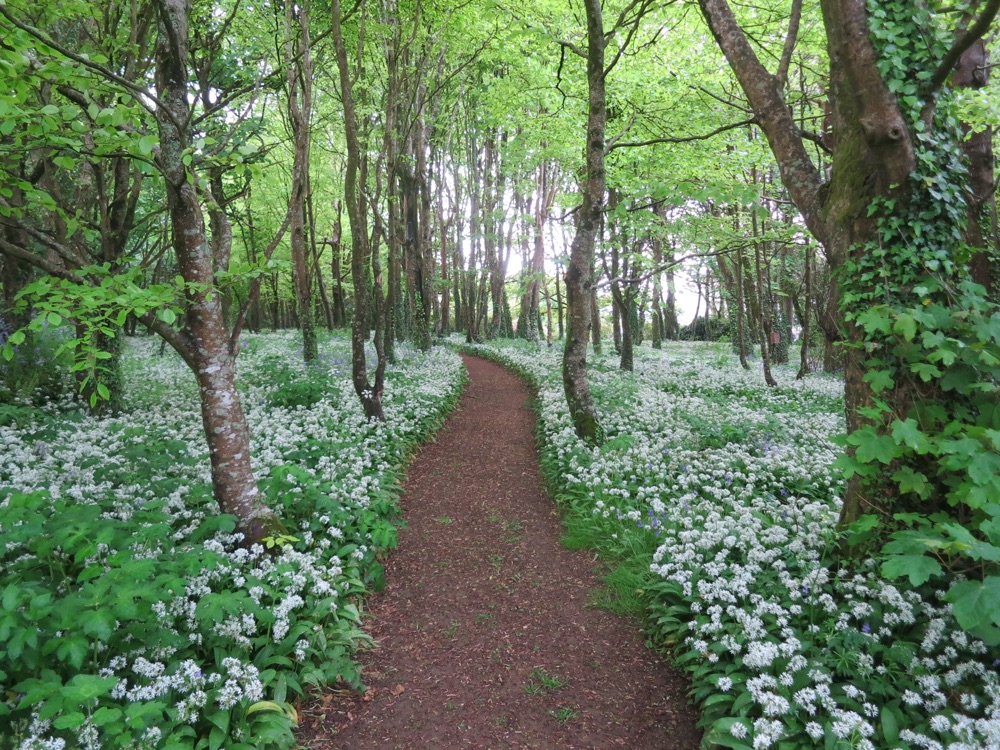
Bonython Garden, Helston, Cornwall, England
-
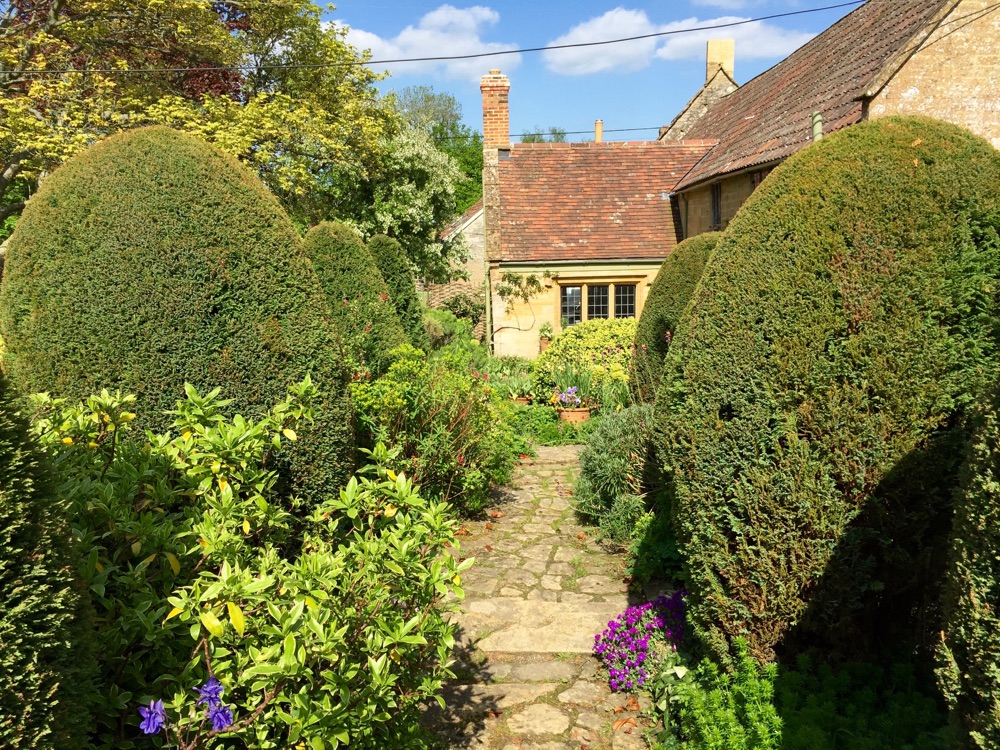
East Lambrook Manor, South Petherton, Somerset, England
-
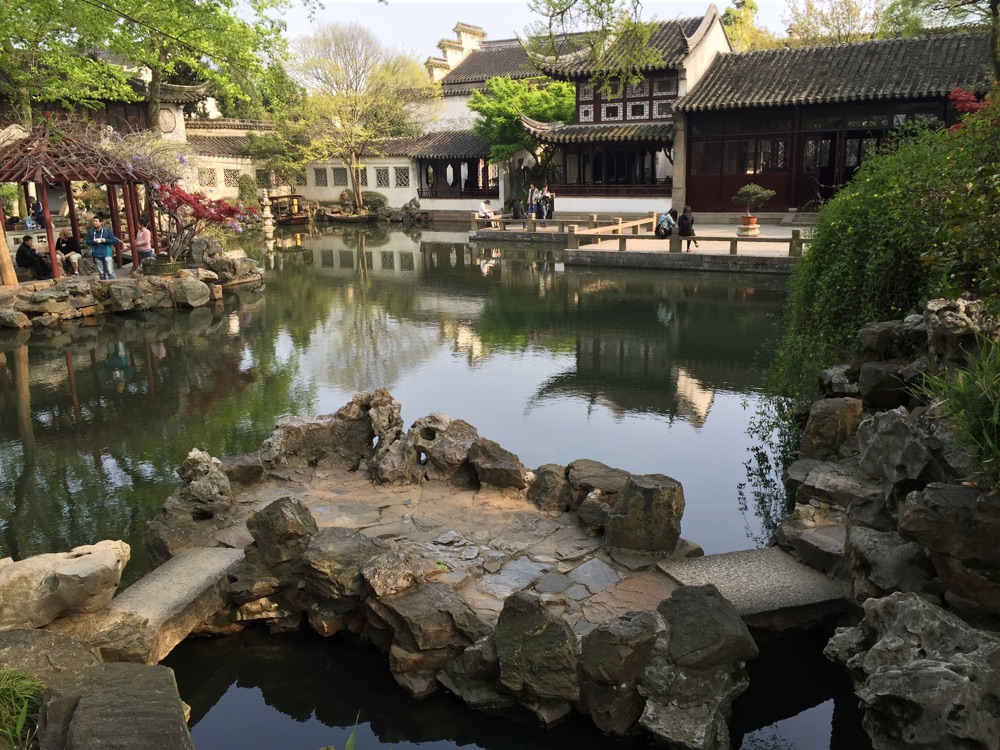
Humble Administrator's Garden, Suzhou, China
-
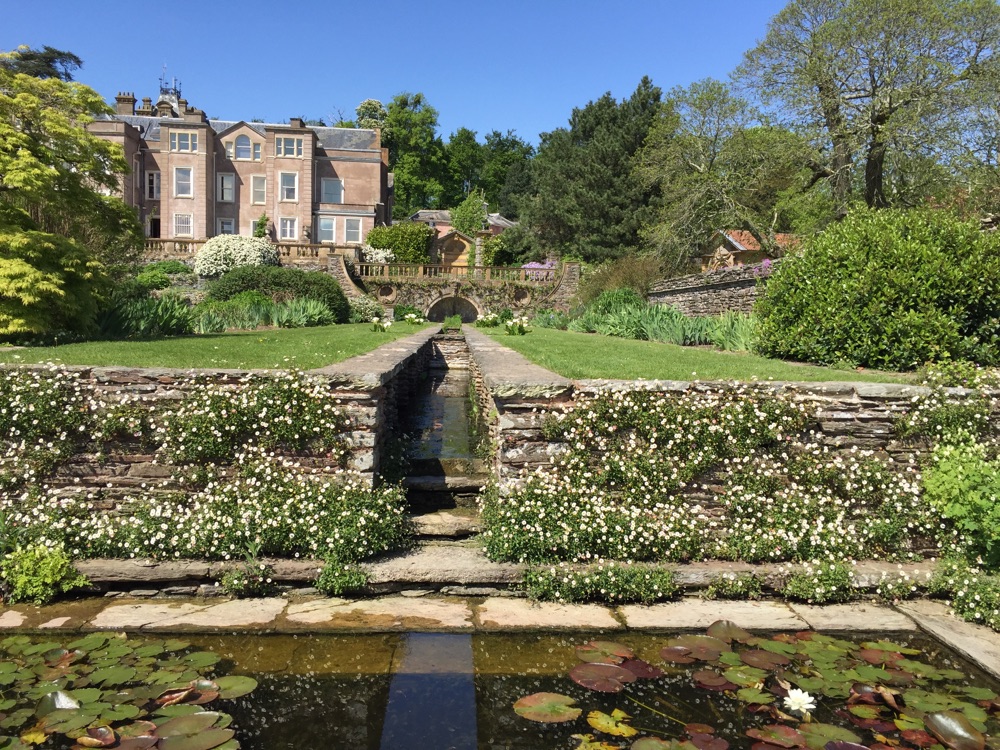
Hestercombe, Somerset, England
-
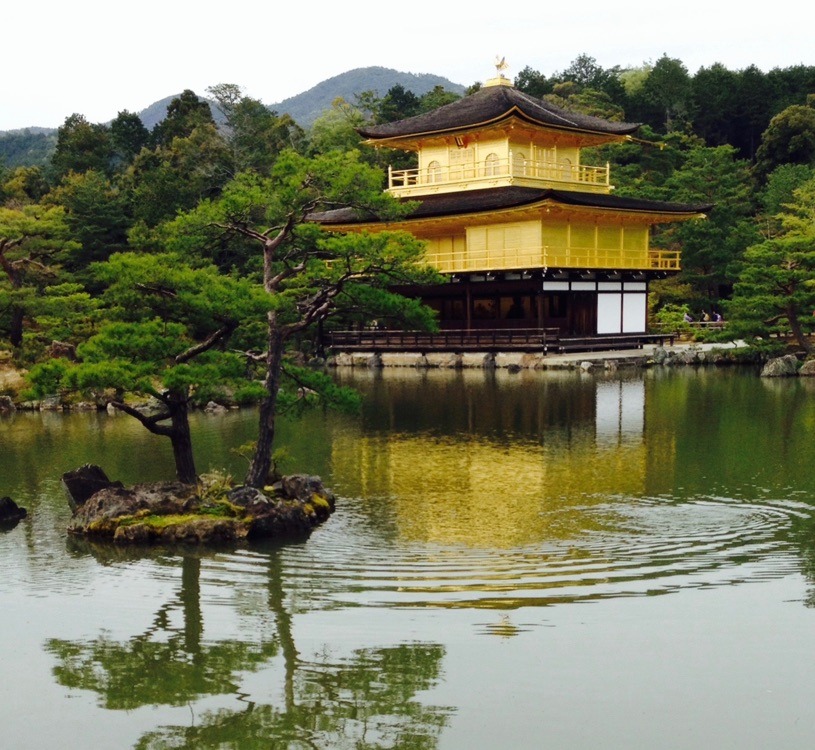
Kinkaku-ji (Golden Pavilion), Kyoto, Japan
-
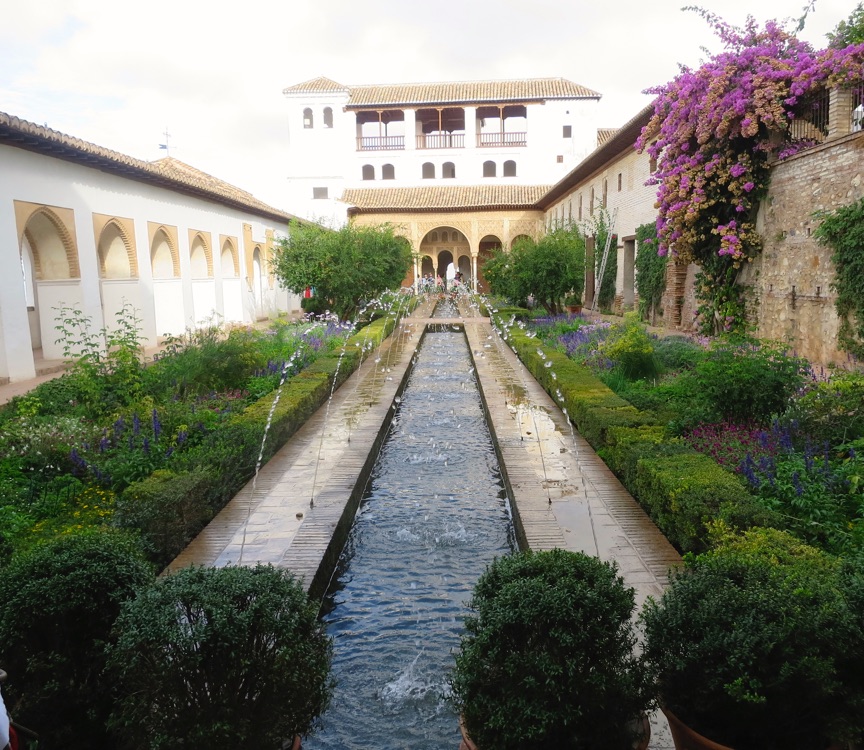
Generalife, Alhambra, Granada, Spain
-
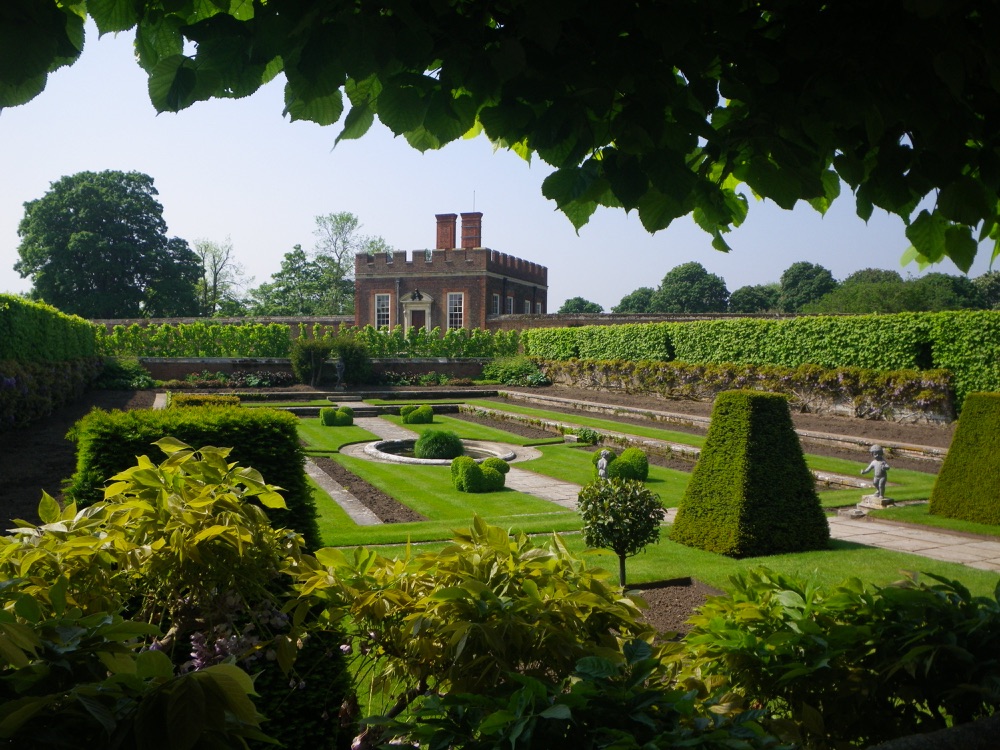
Hampton Court, Richmond, England
-
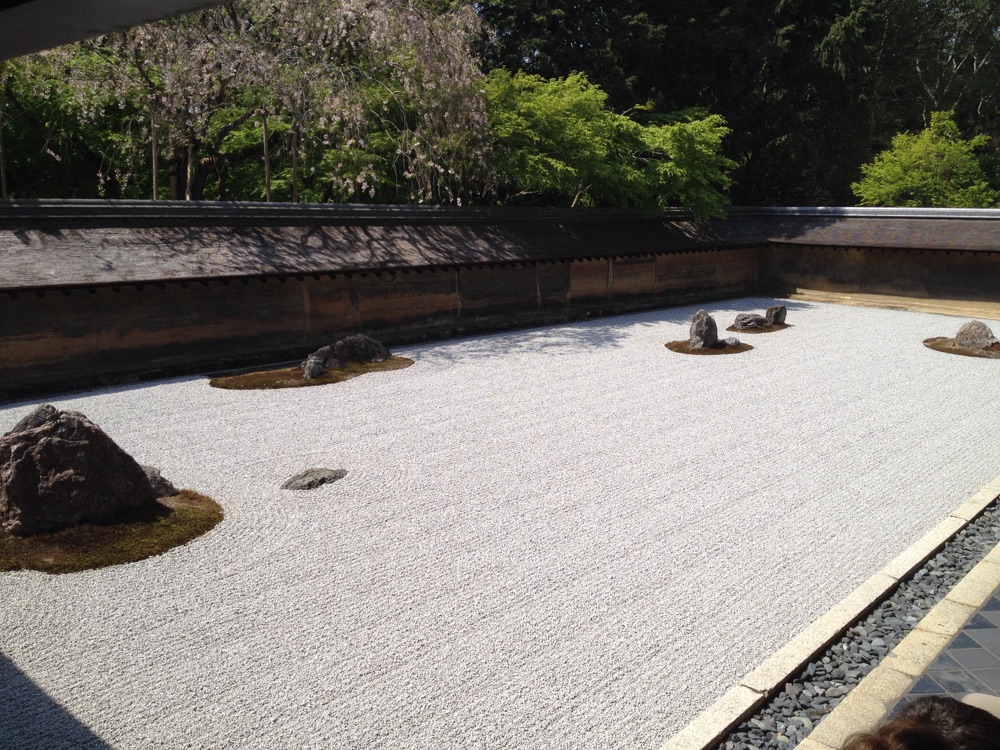
Ryoan-ji Temple garden, Kyoto, Japan
-
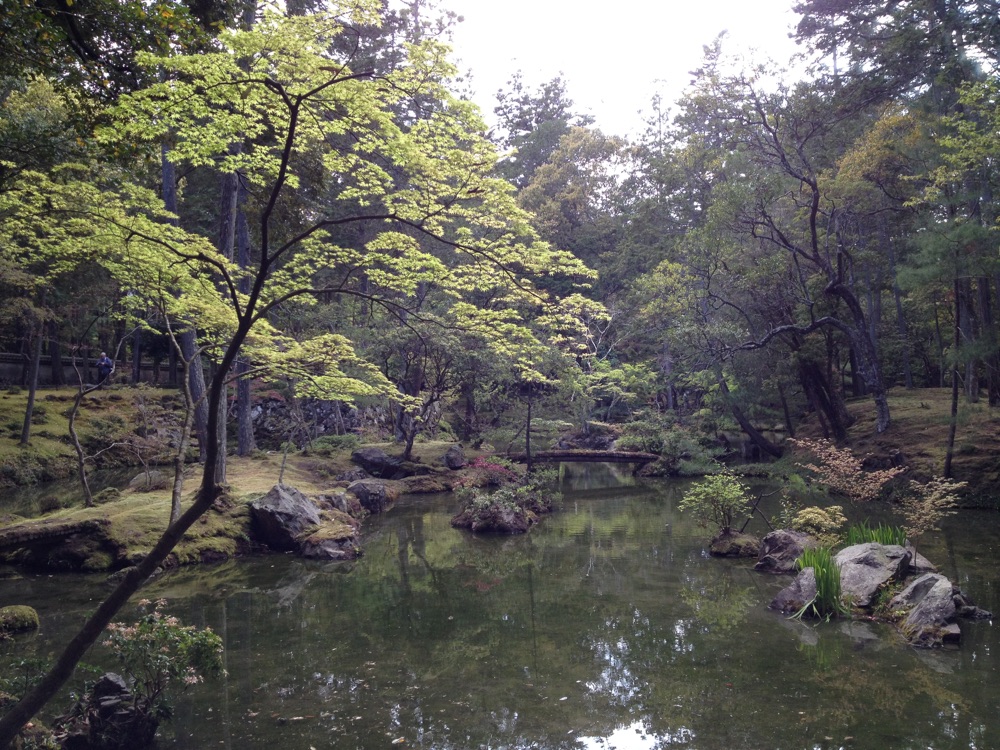
Saiho-ji (moss garden), Kyoto, Japan
-
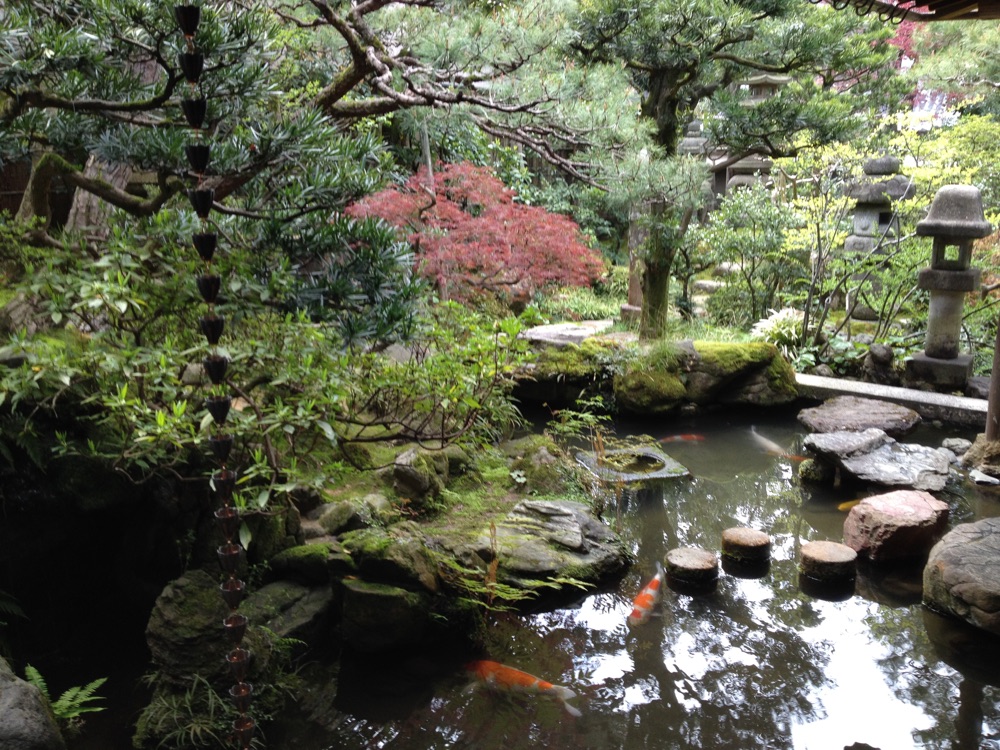
Nomura Samurai Garden, Kanazawa, Japan
-
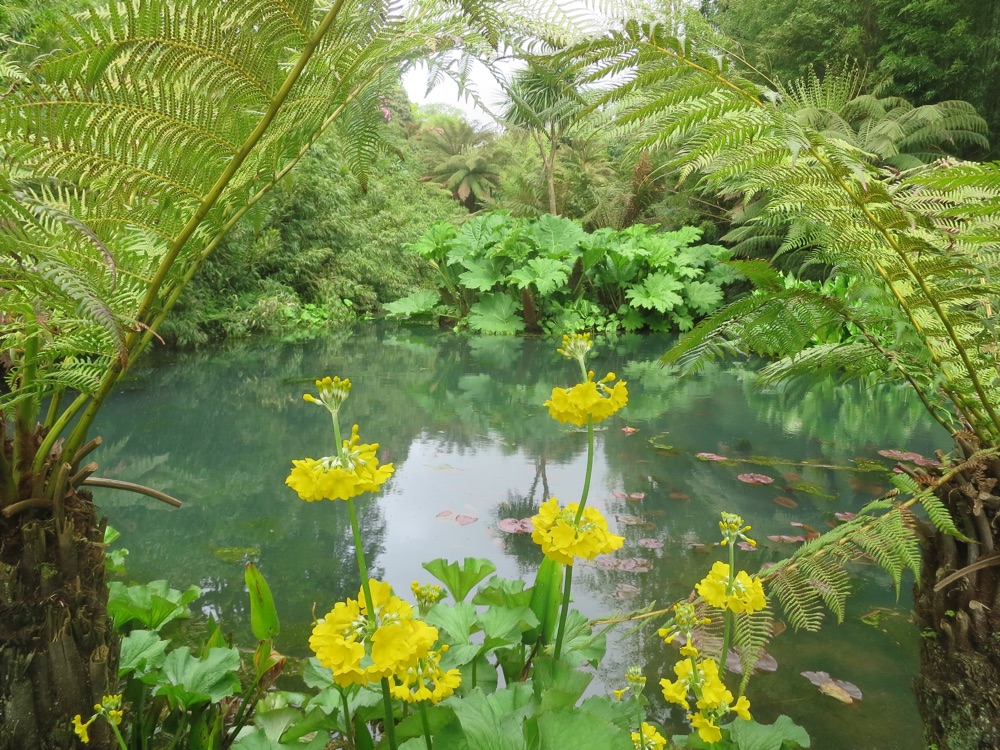
Lost Gardens of Heligan, Cornwall, England
-

Boboli Gardens, Florence, Italy
-
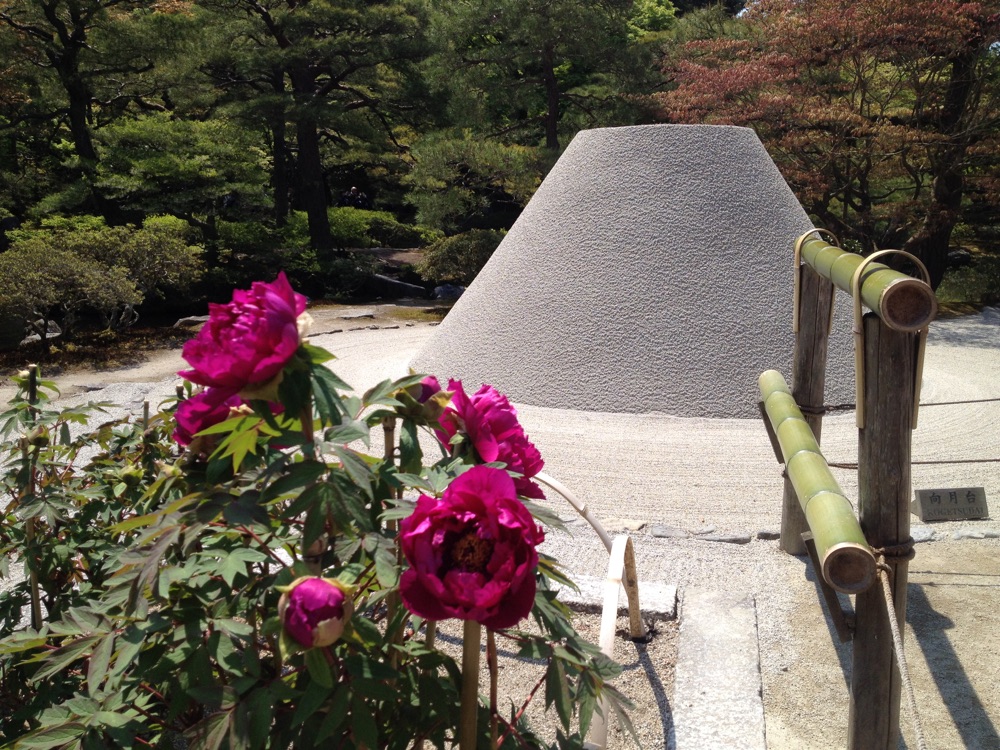
Ginkaku-ji (silver pavilion), Kyoto, Japan
-
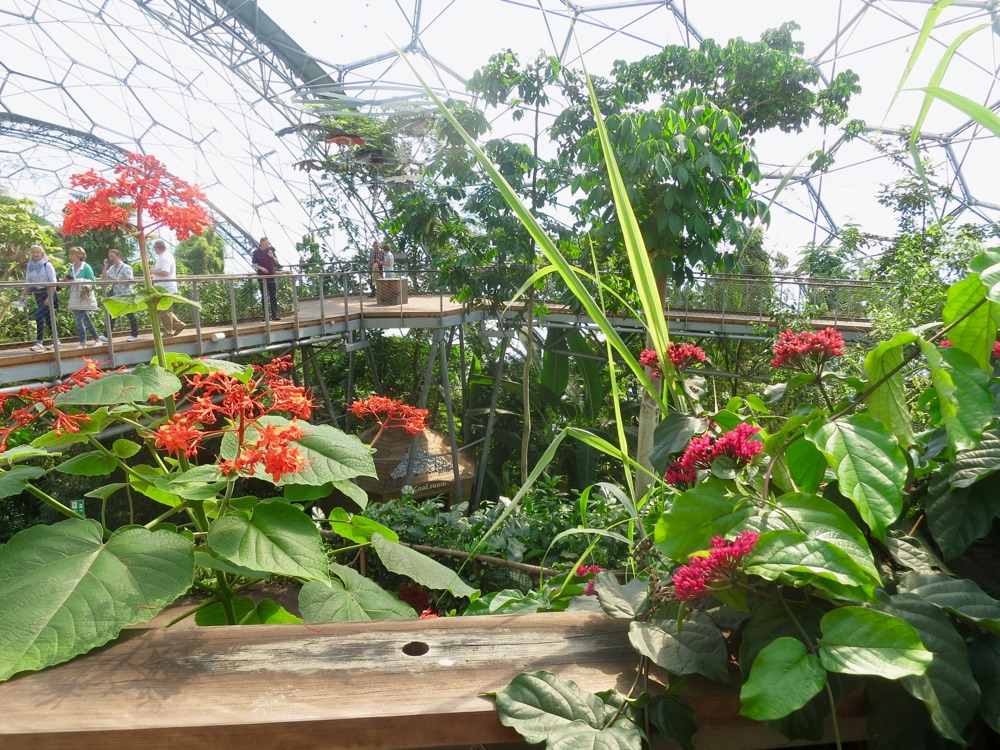
Eden Project, Cornwall, England
-
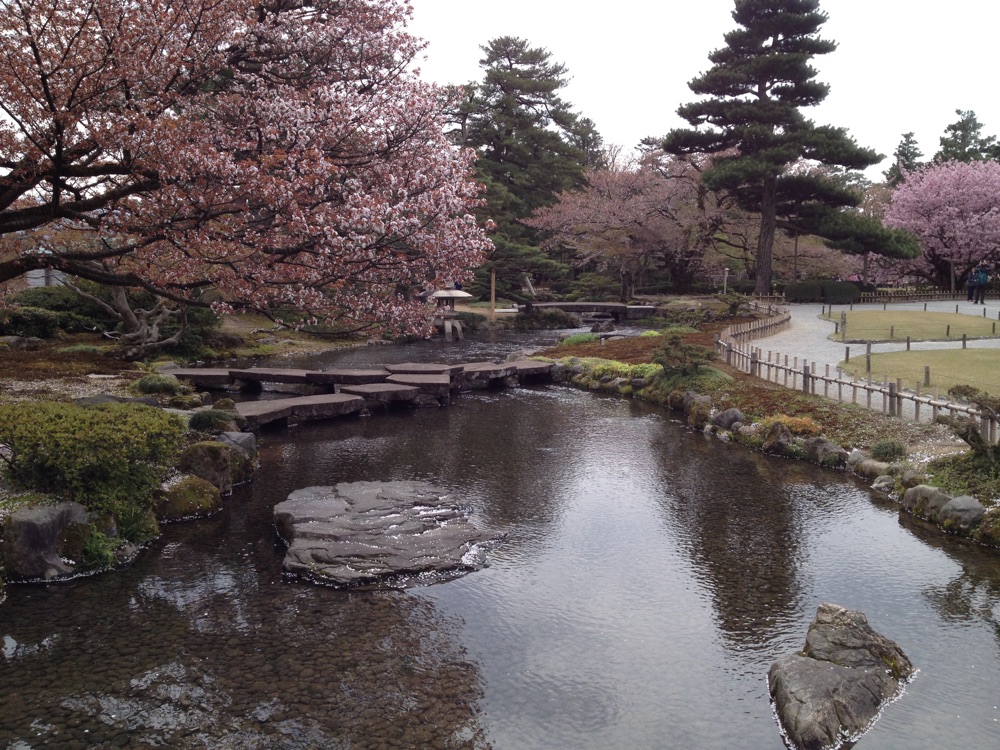
Kenroku-en, Kanazawa, Japan
-
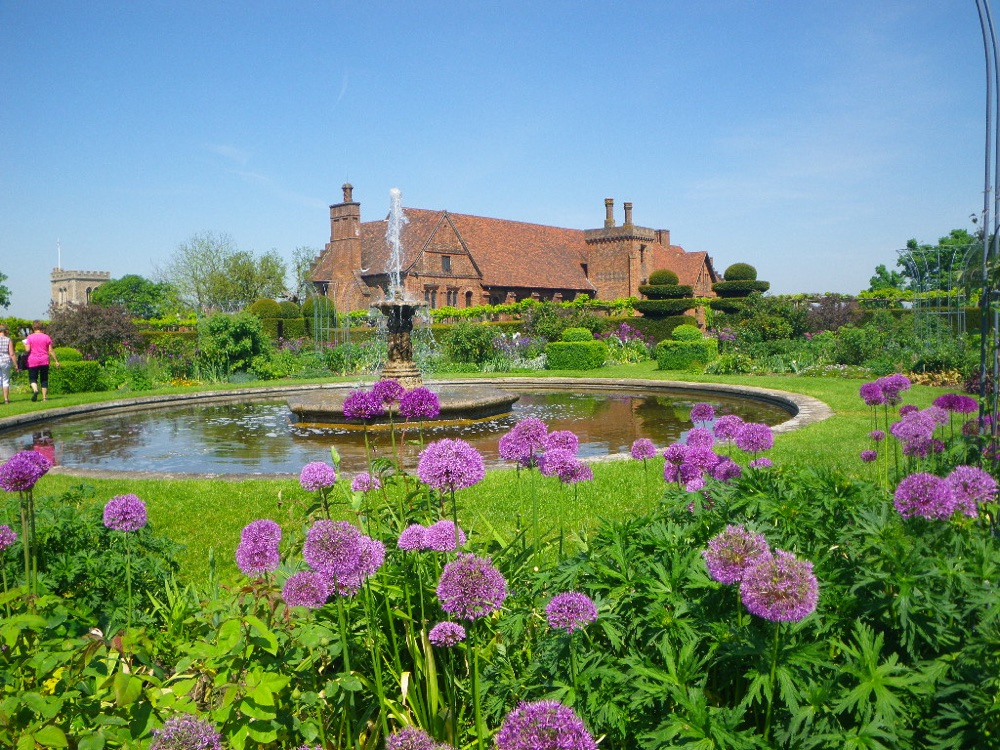
Hatfield House, Hatfield, England
-
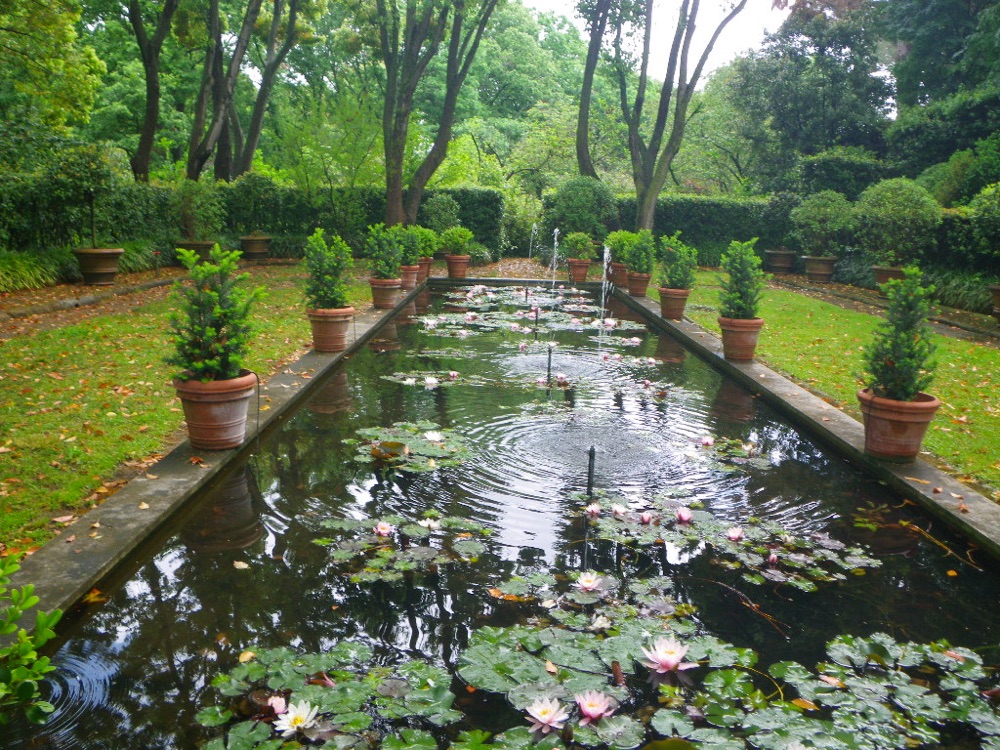
Giardini della Landriana, Tor San Lorenzo, Italy
-
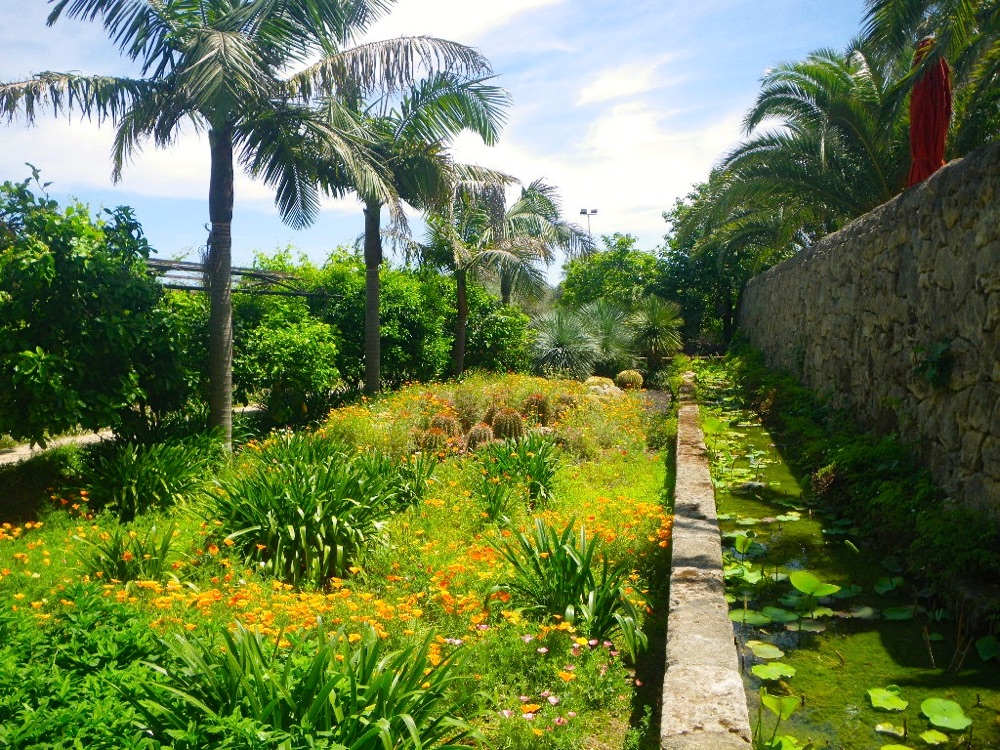
Villa San Guiliano, Sicily
-
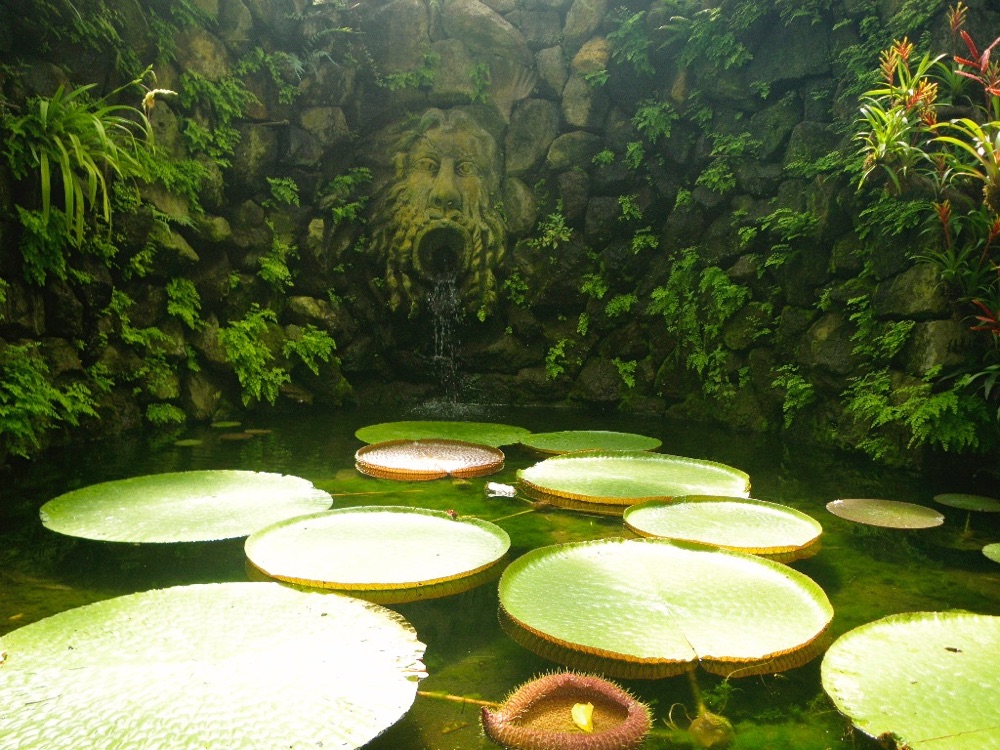
La Mortella, Ischia, Italy
-
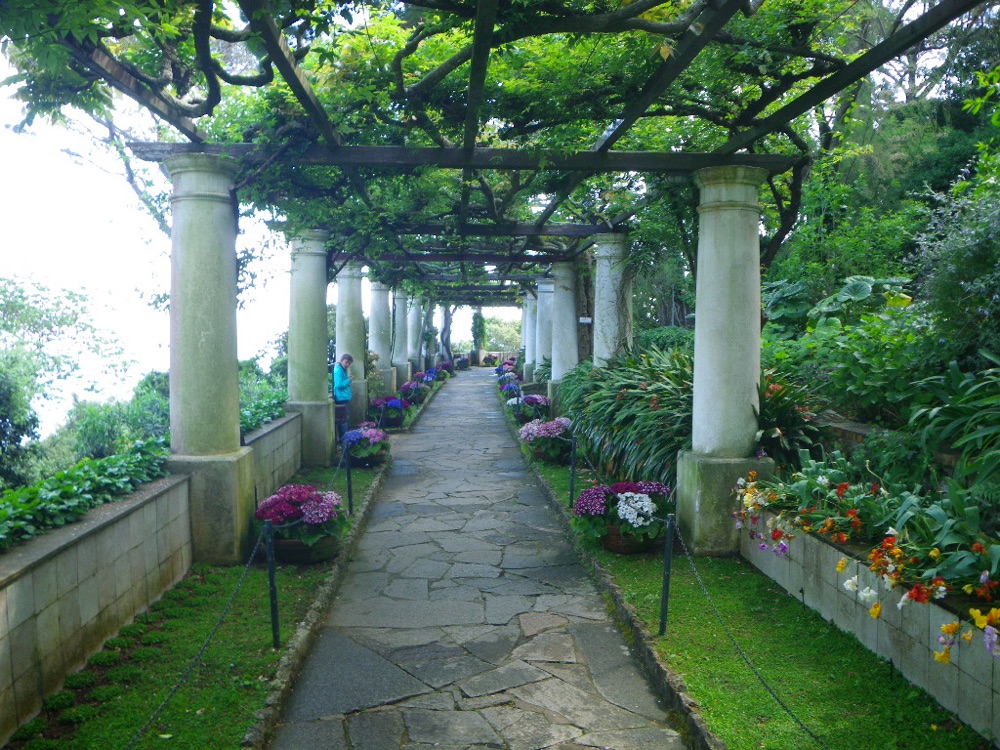
Villa San Michele, Capri, Italy
-
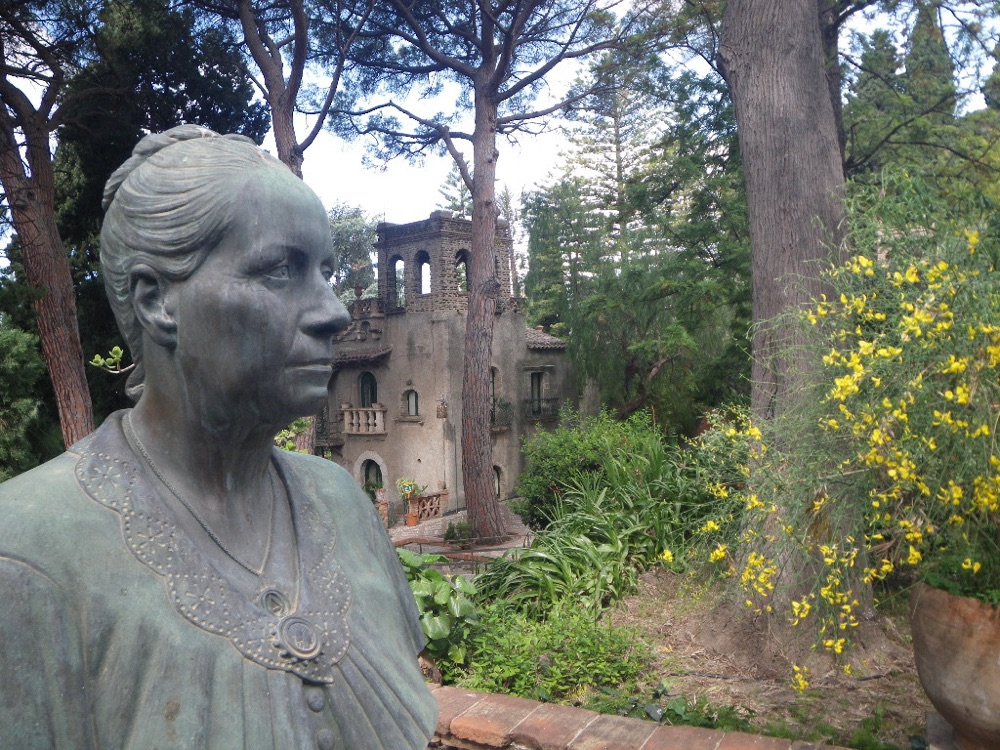
Giardini Pubblici Taormina, Sicily
-
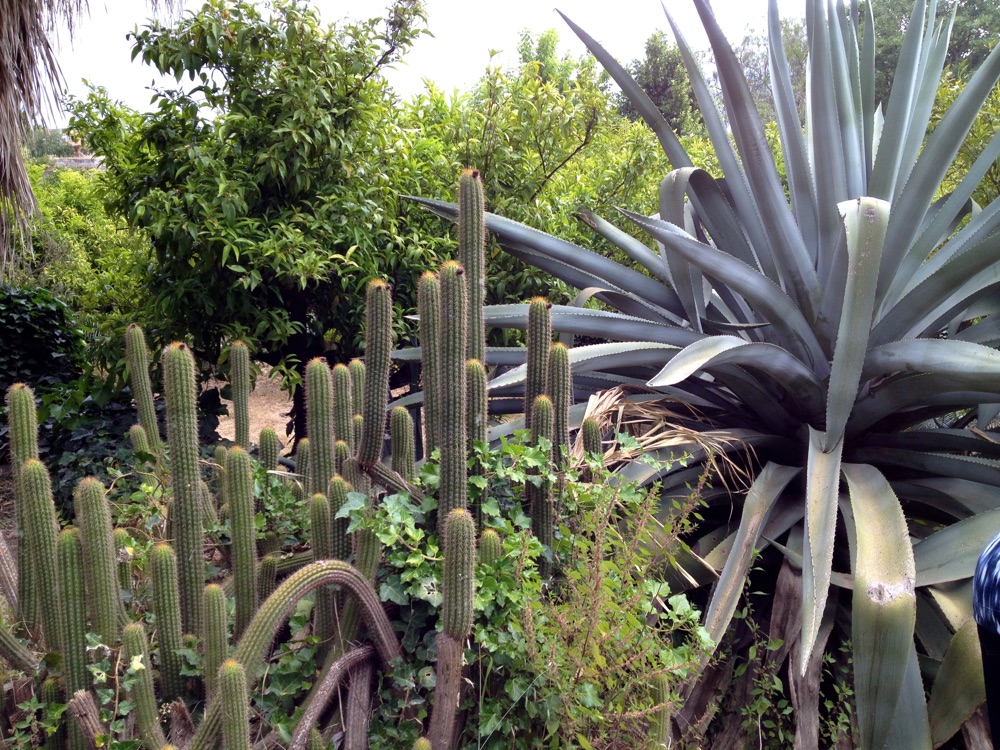
Villa Trinita, Sicily, Italy
-
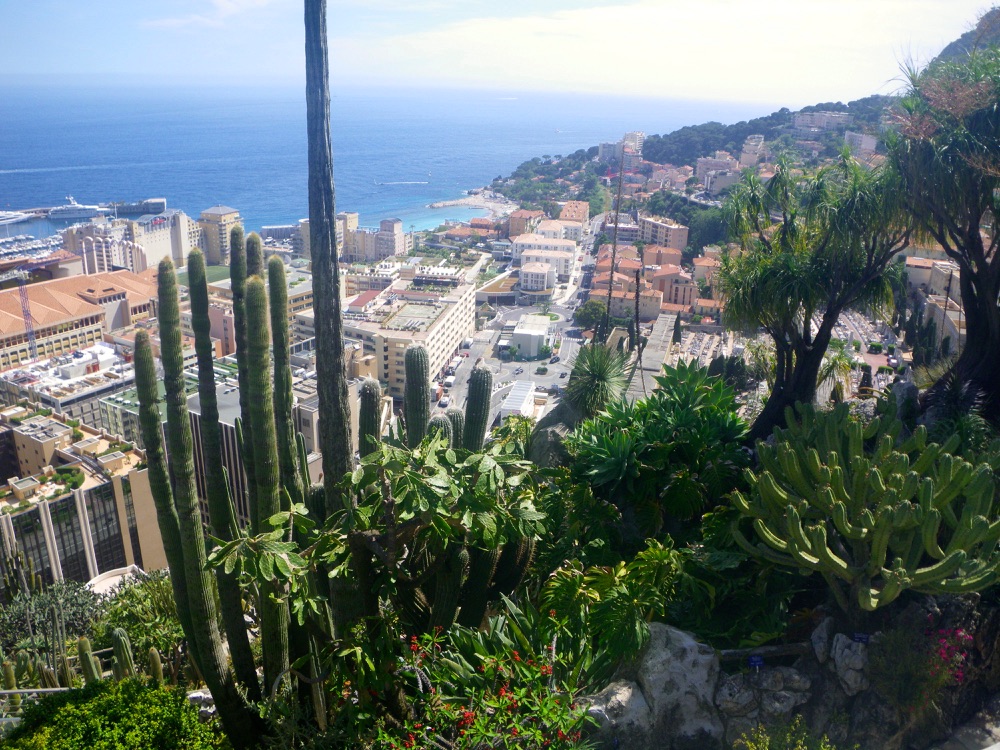
Jardin Exotique de Monaco
-
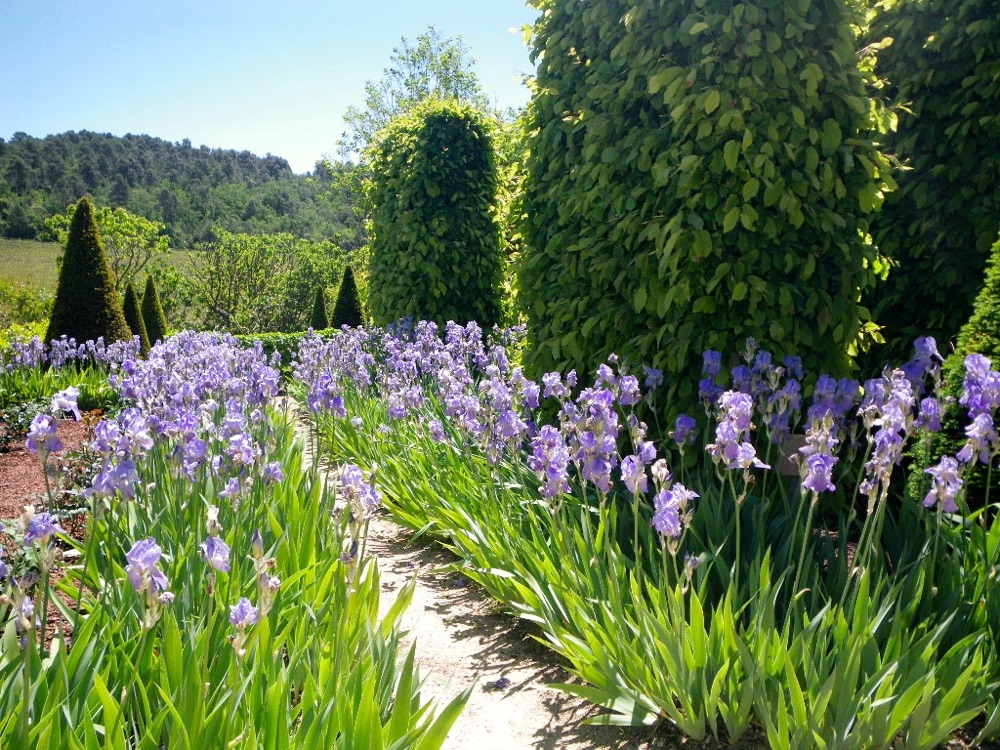
Jardin du Chateau Val Joanis, Pertuis, France
-
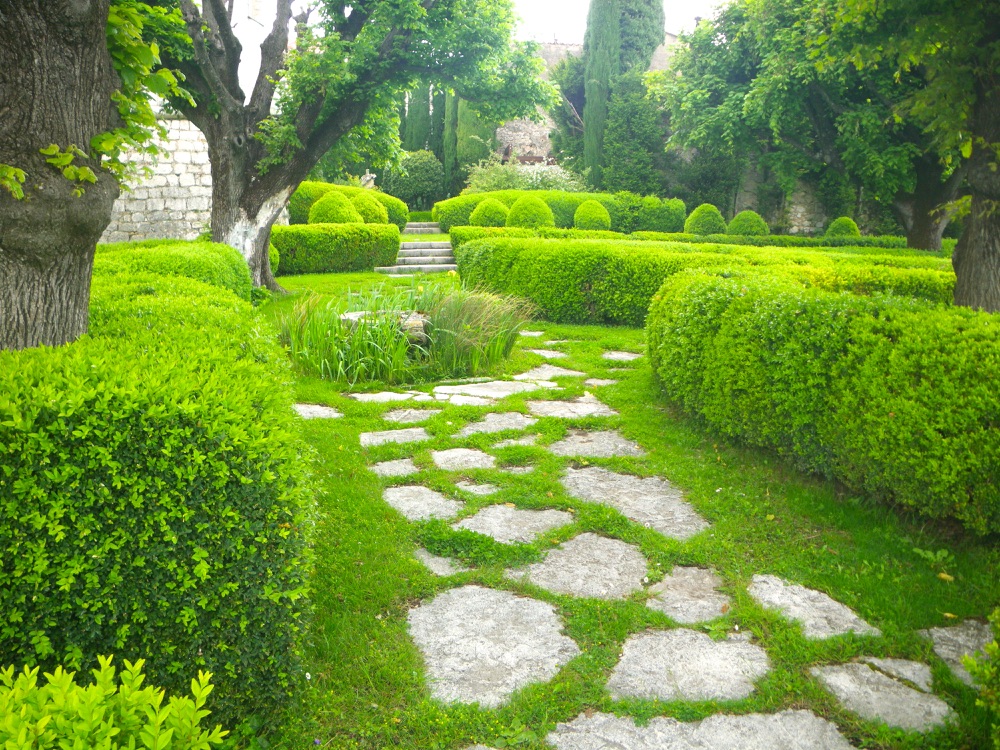
Chateau de Gourdon, Gourdon, France
-
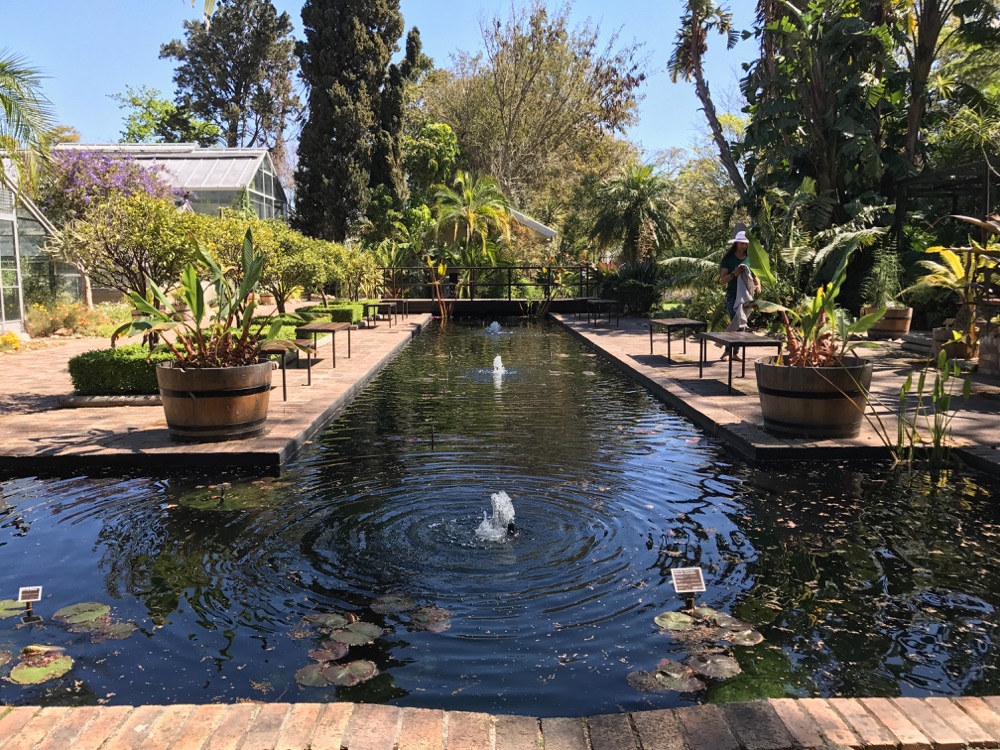
Stellenbosch Botanic Garden, Stellenbosch, South Africa
-
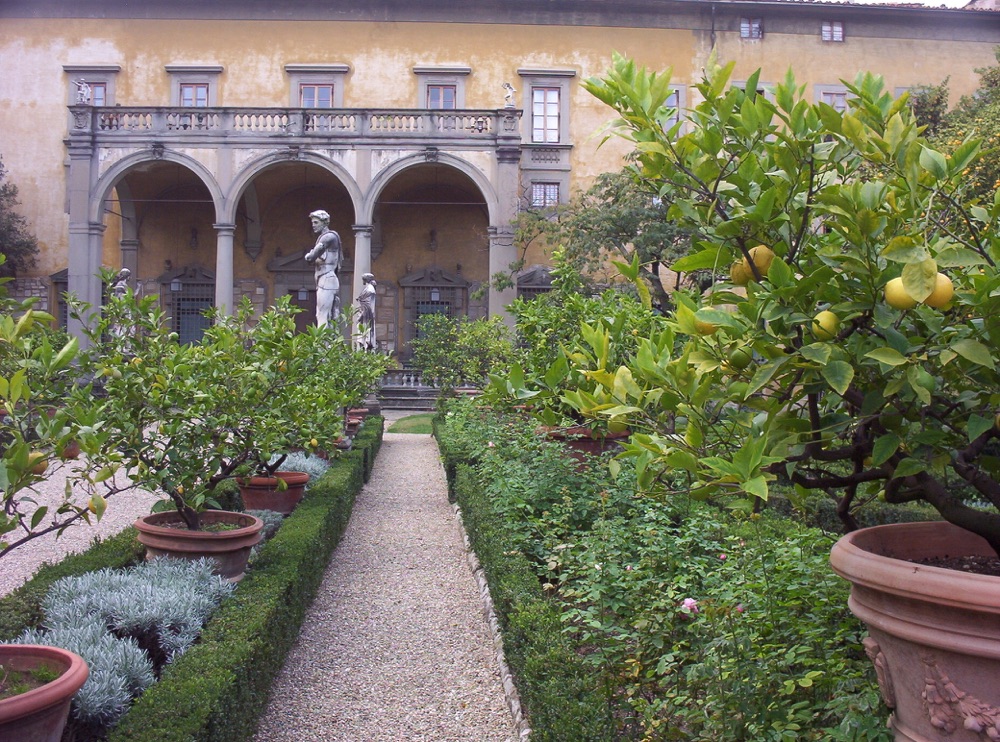
Giardini Corsini al Prato, Florence, Italy
-
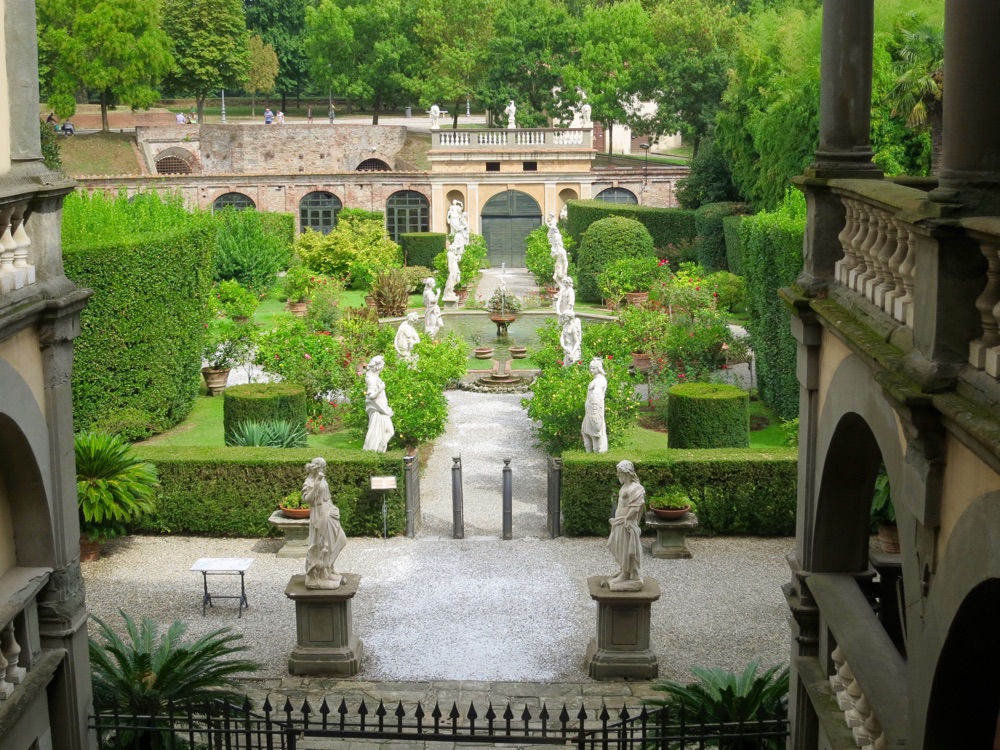
Palazzo Pfanner, Lucca, Italy
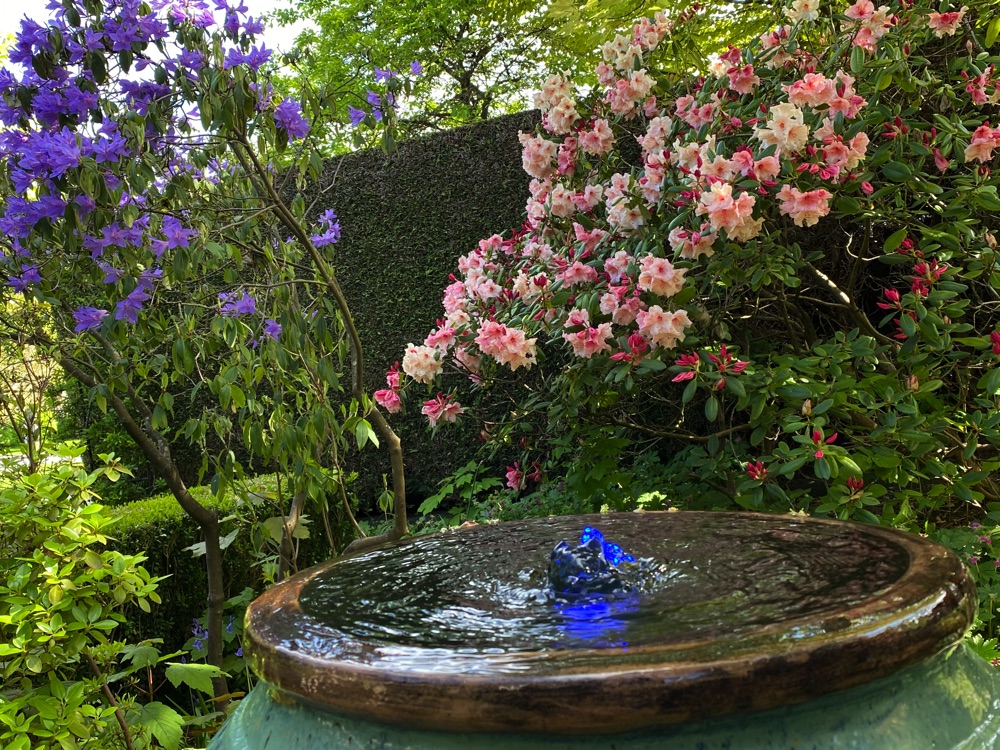
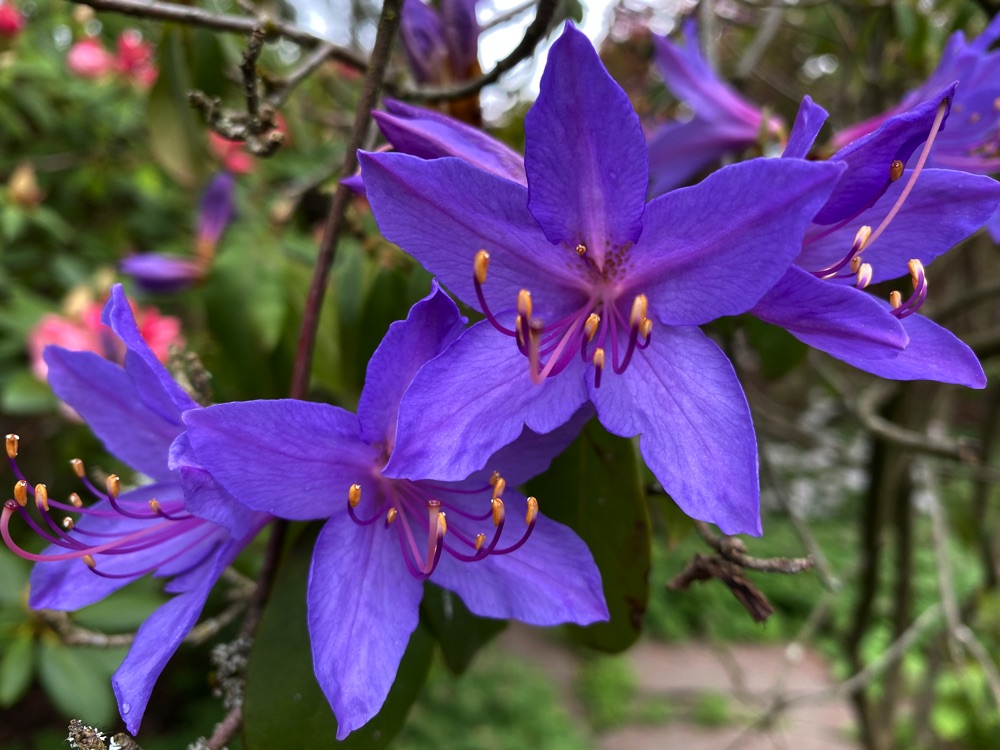
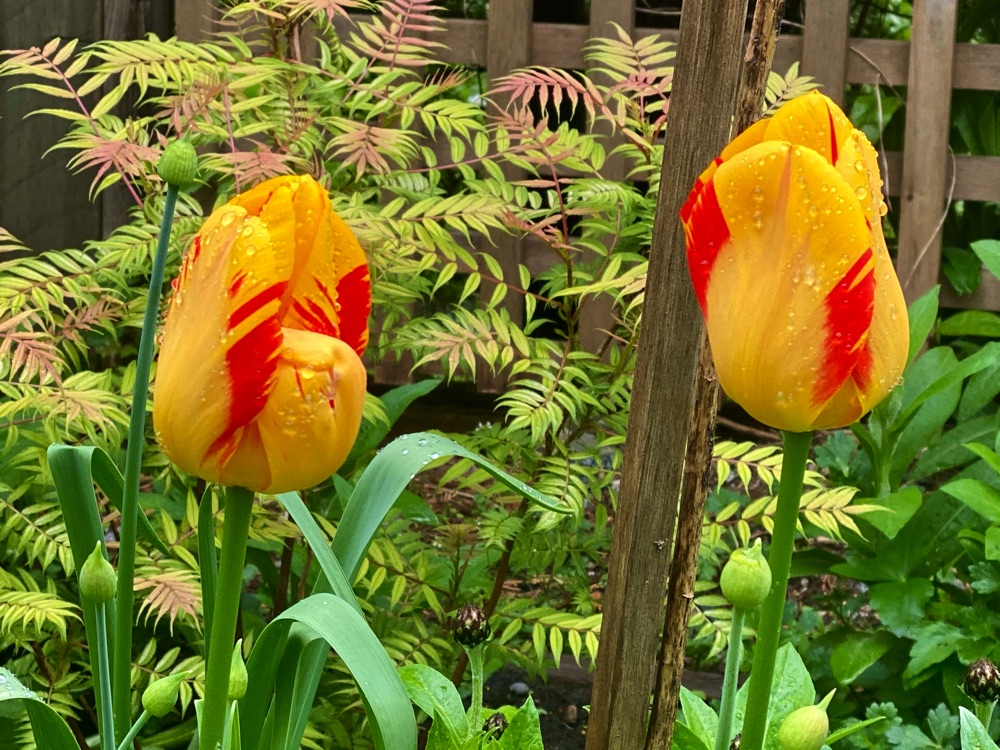
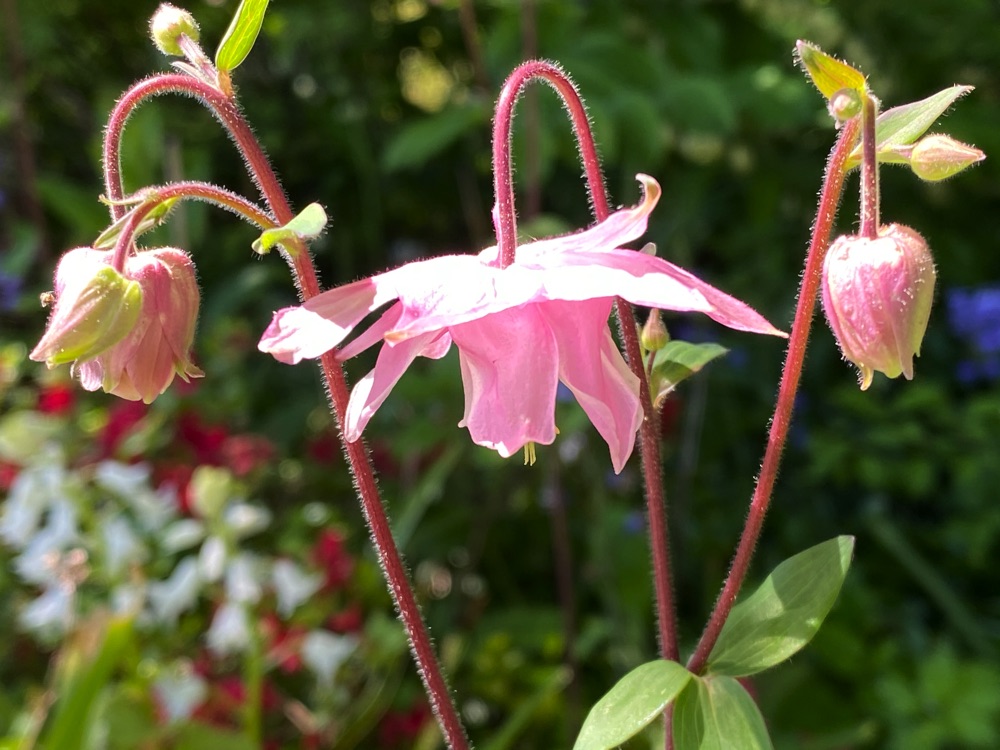
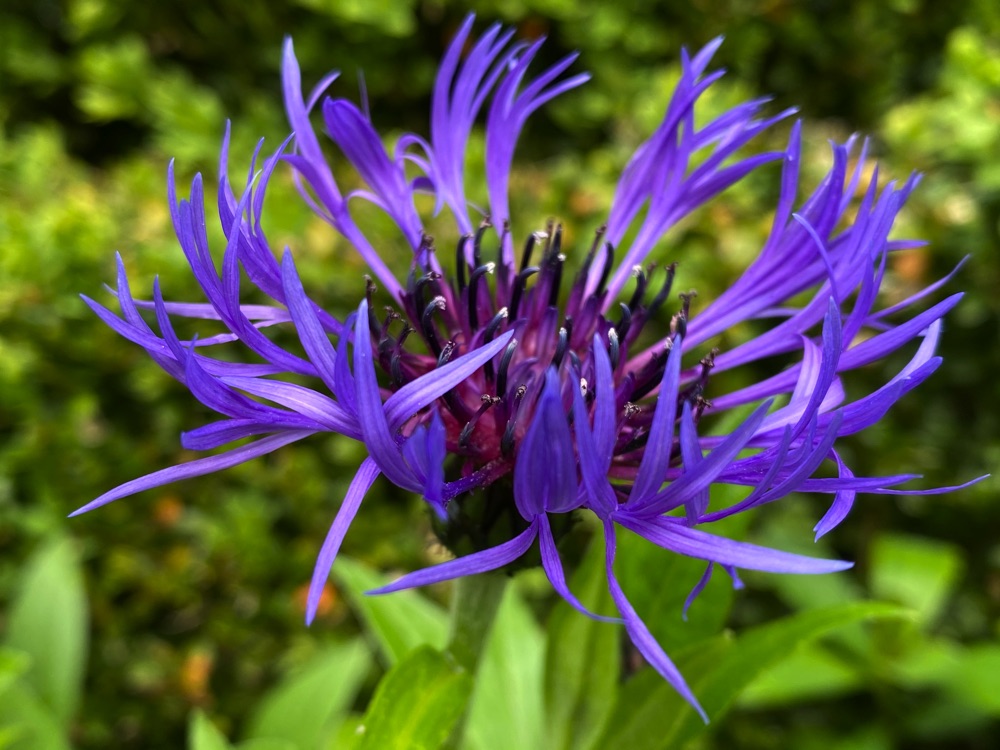
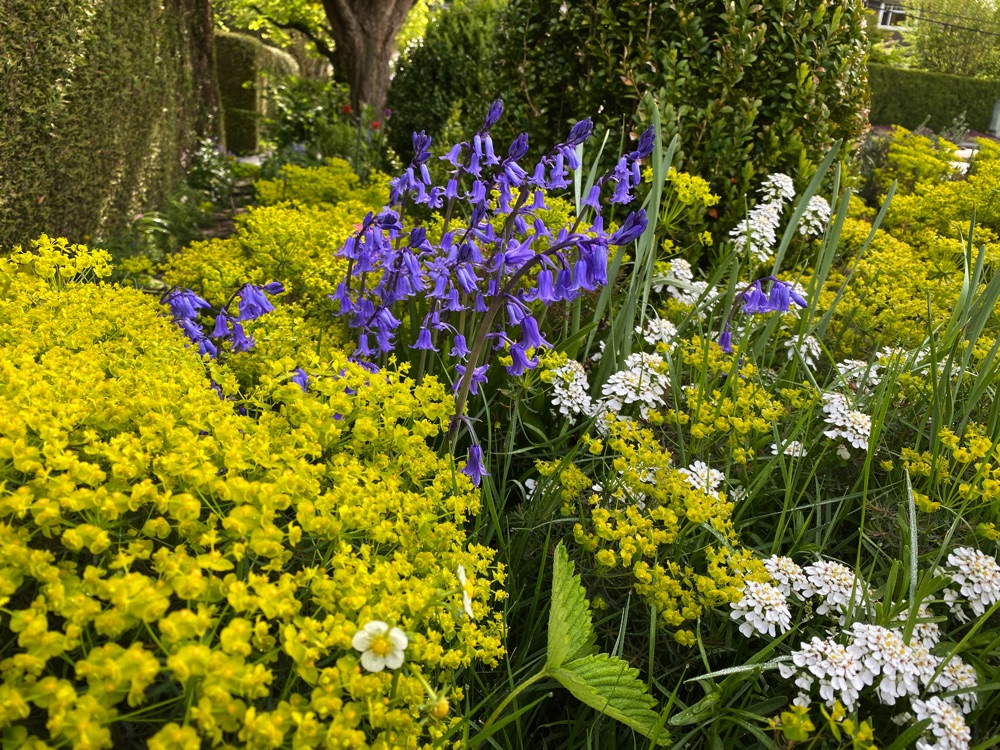
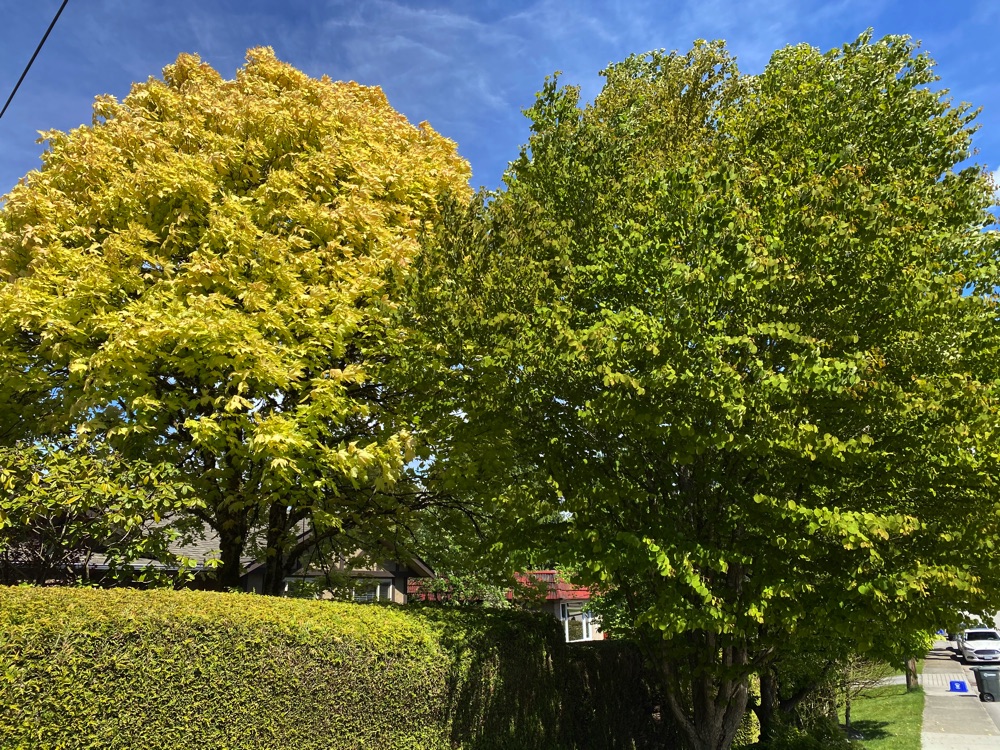
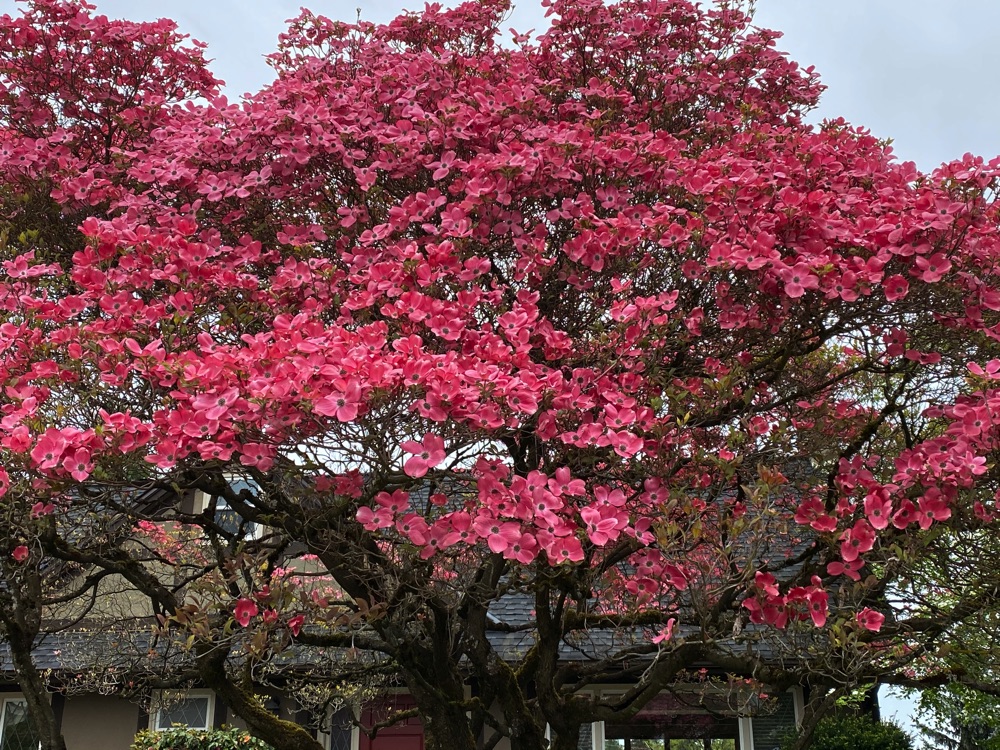
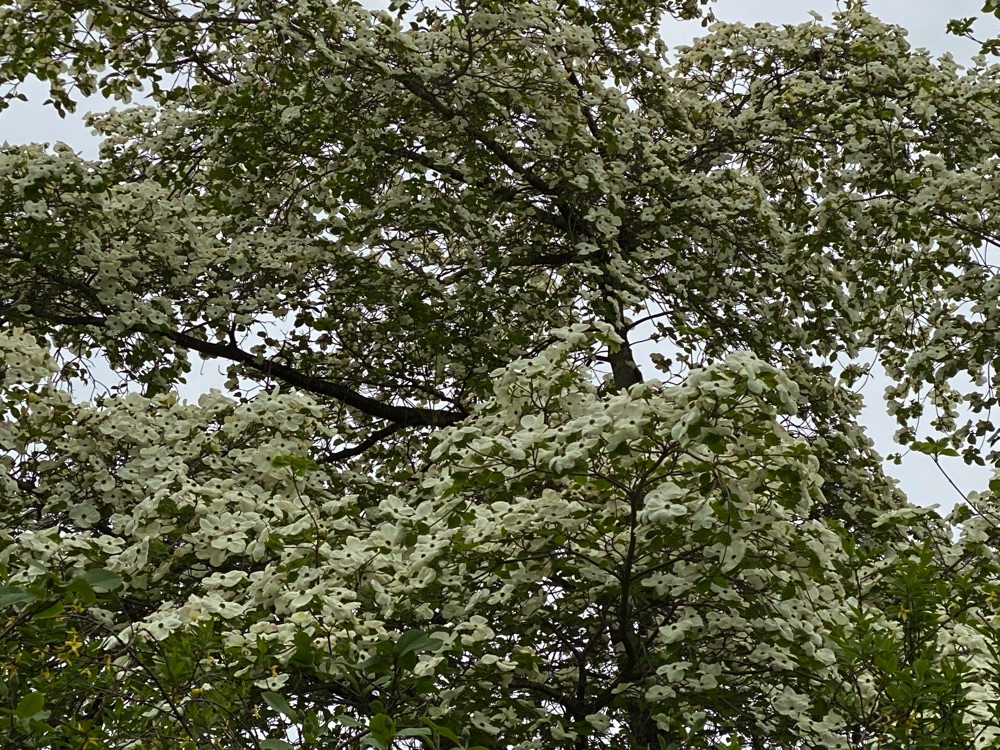
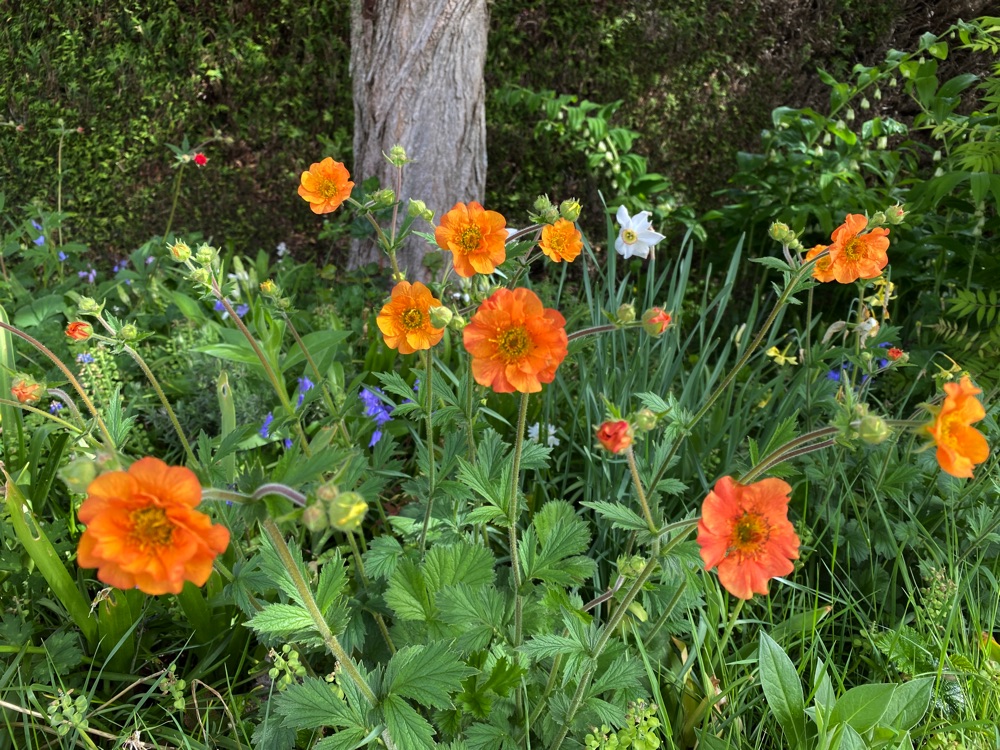
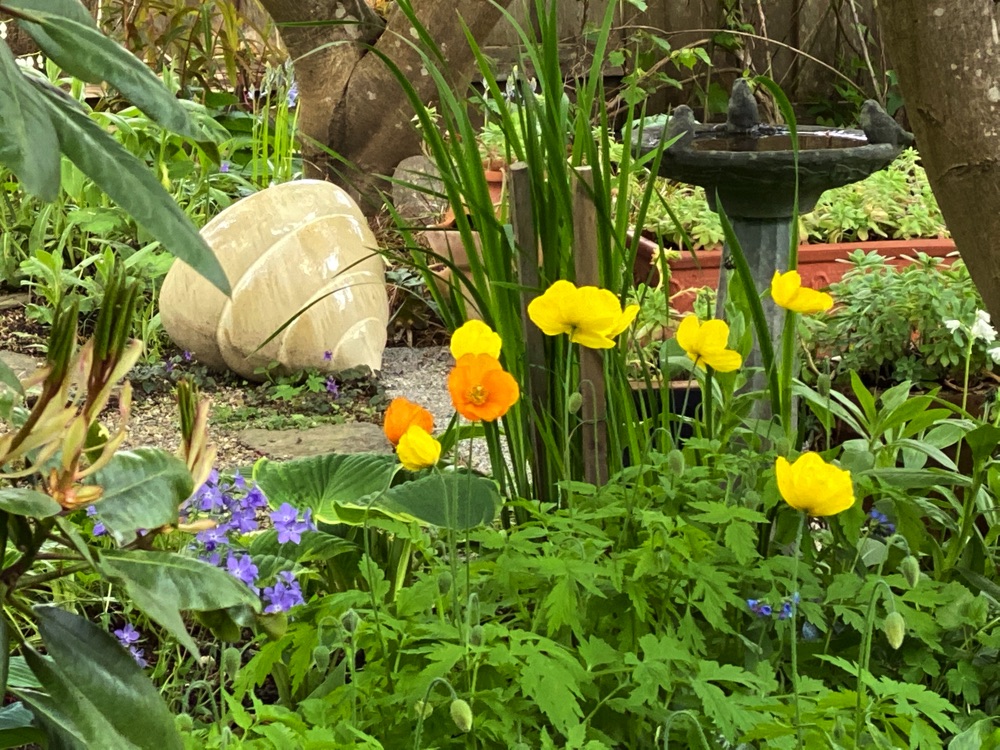
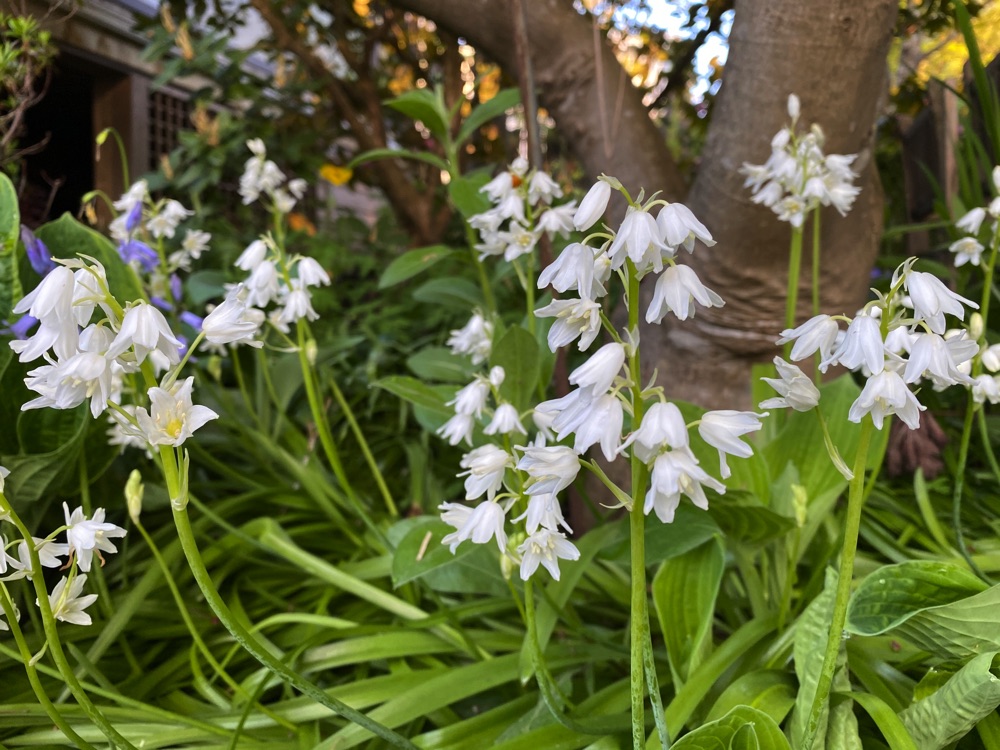
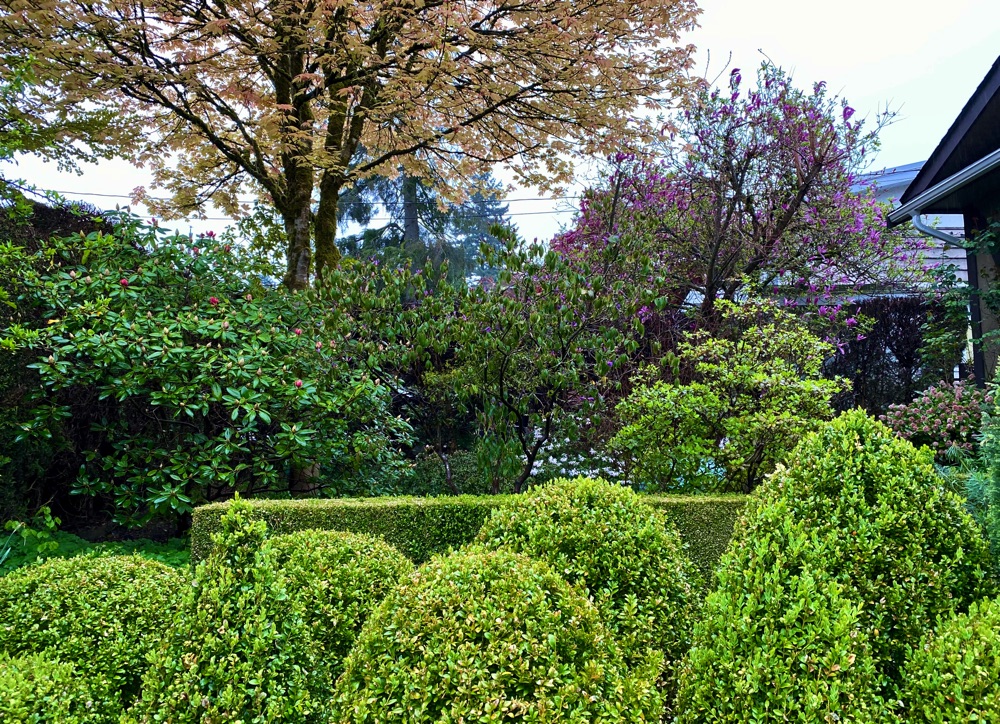
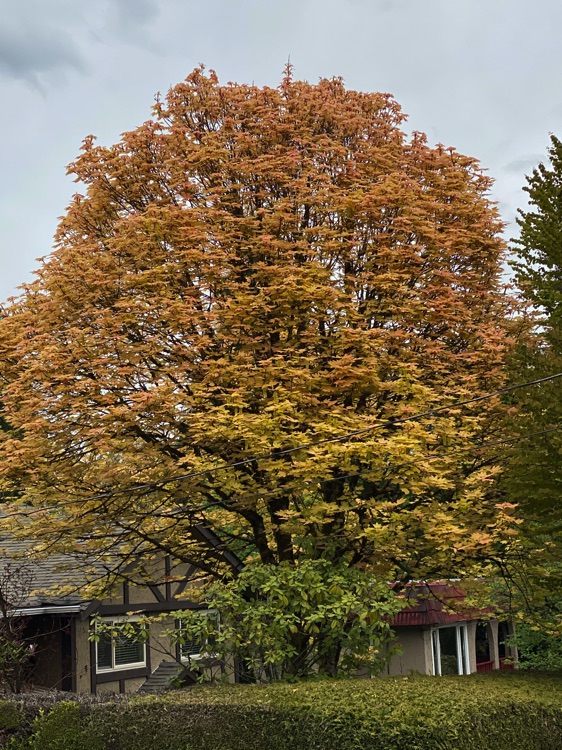
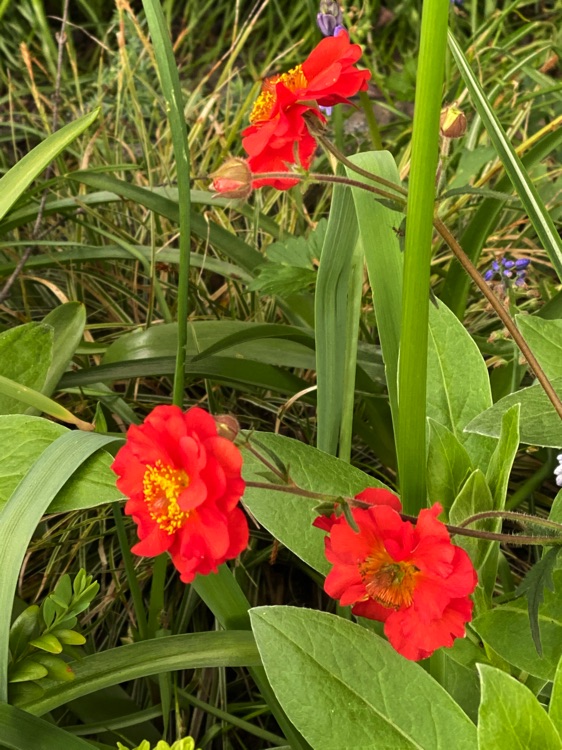
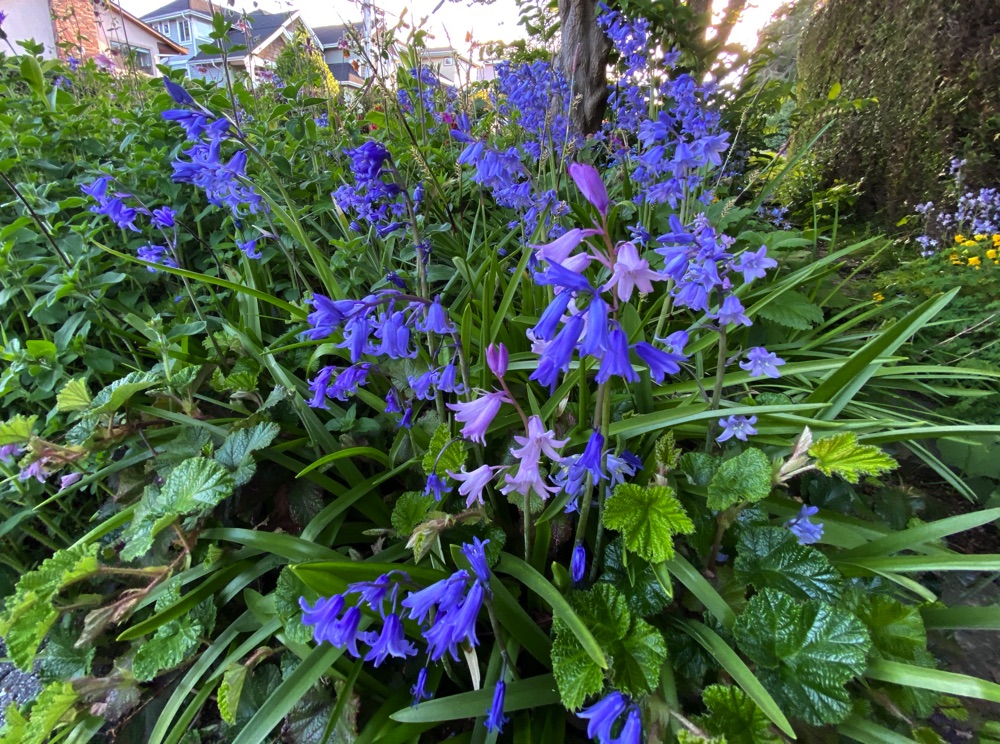
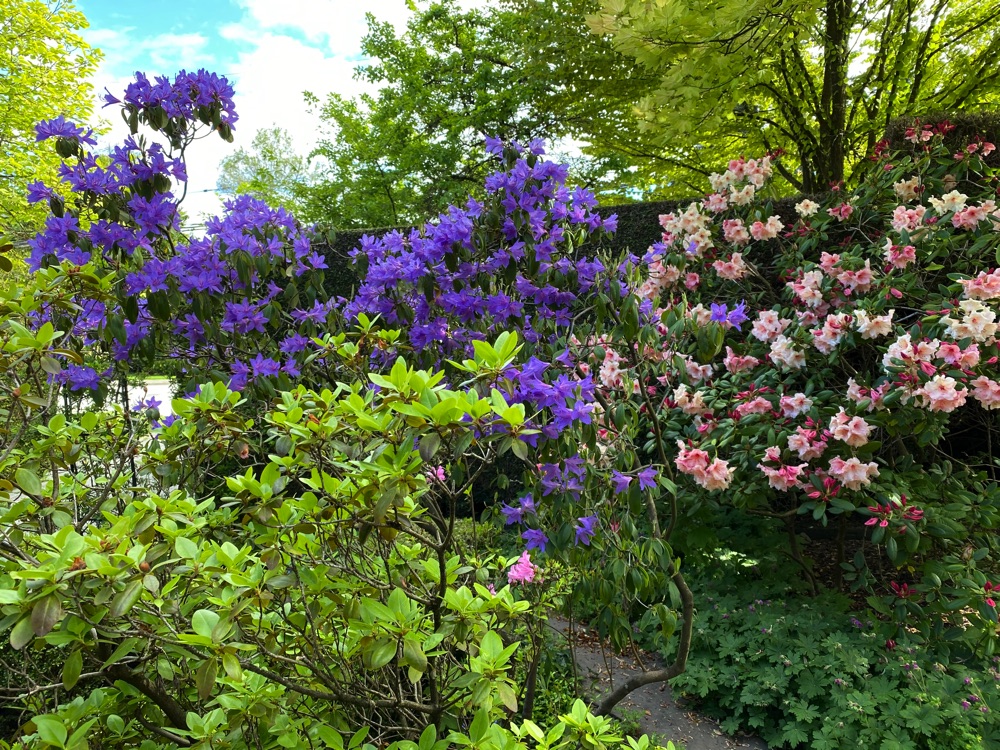

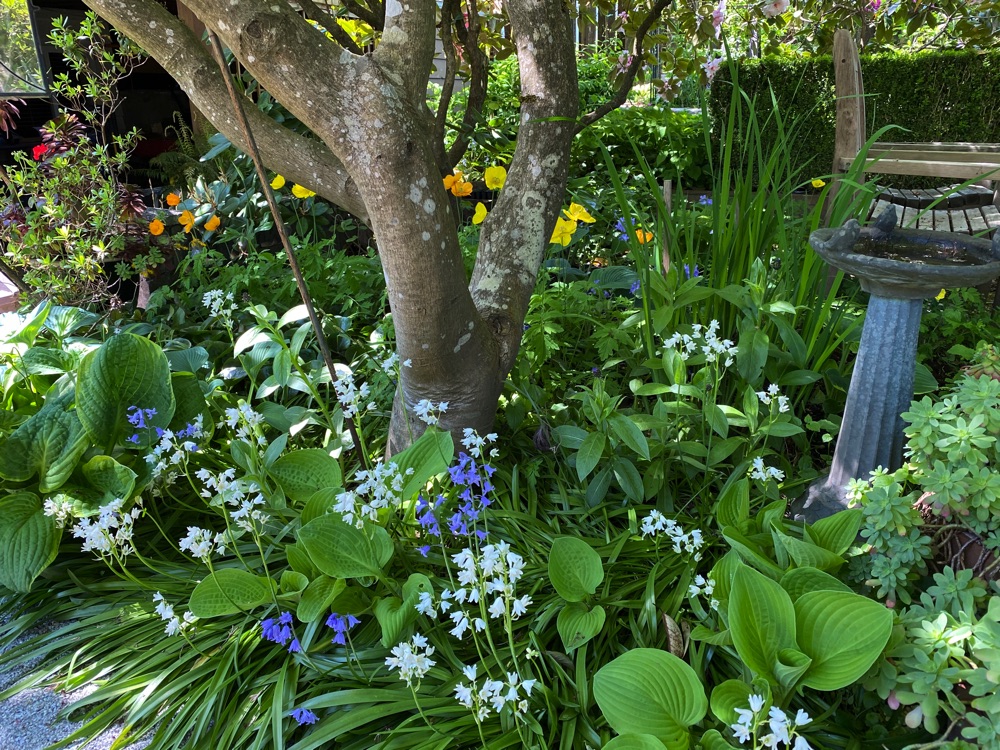
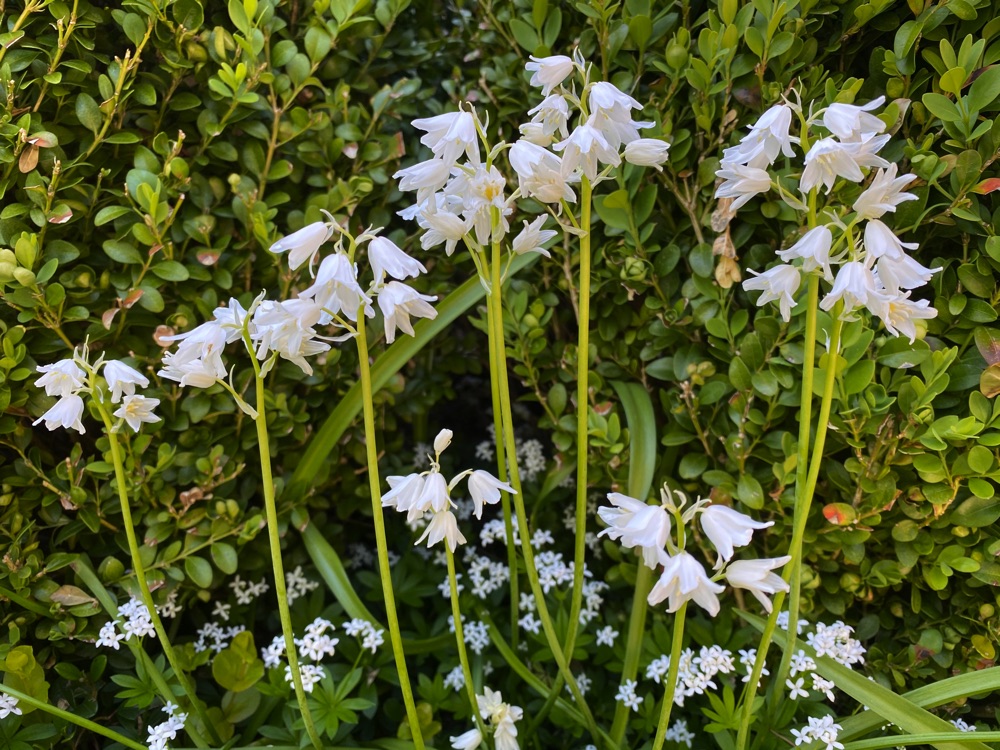
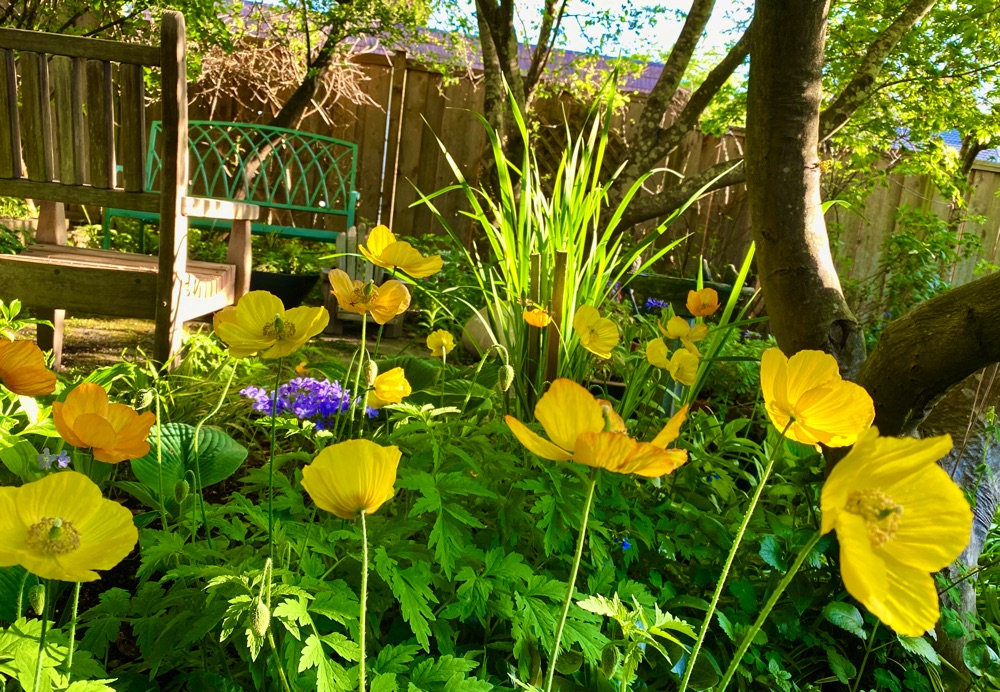
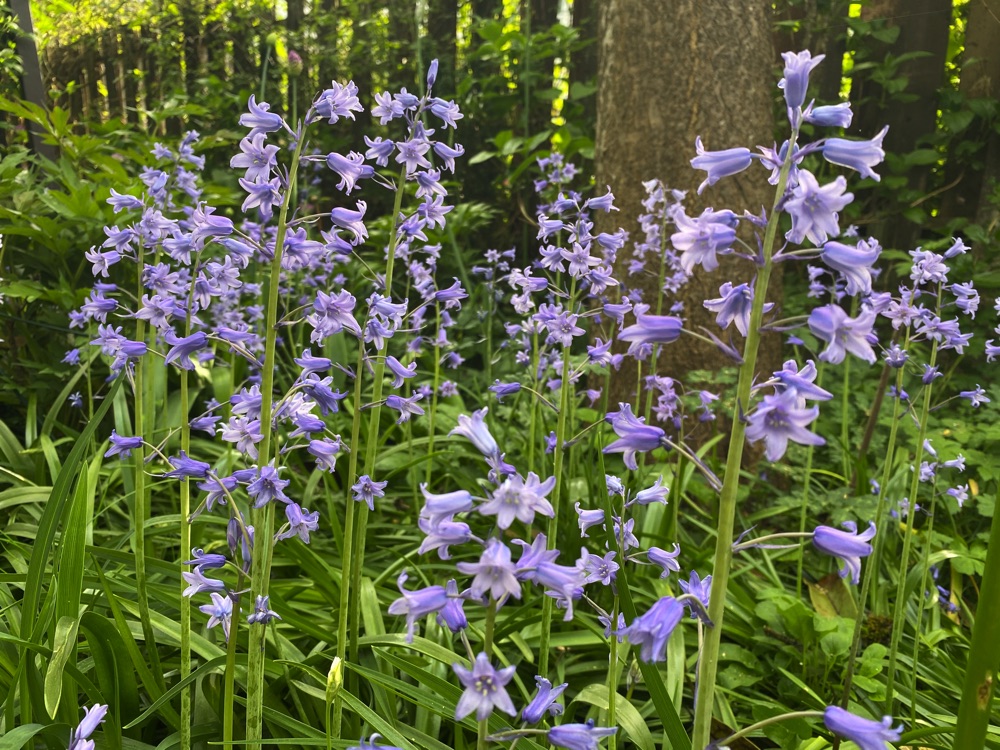
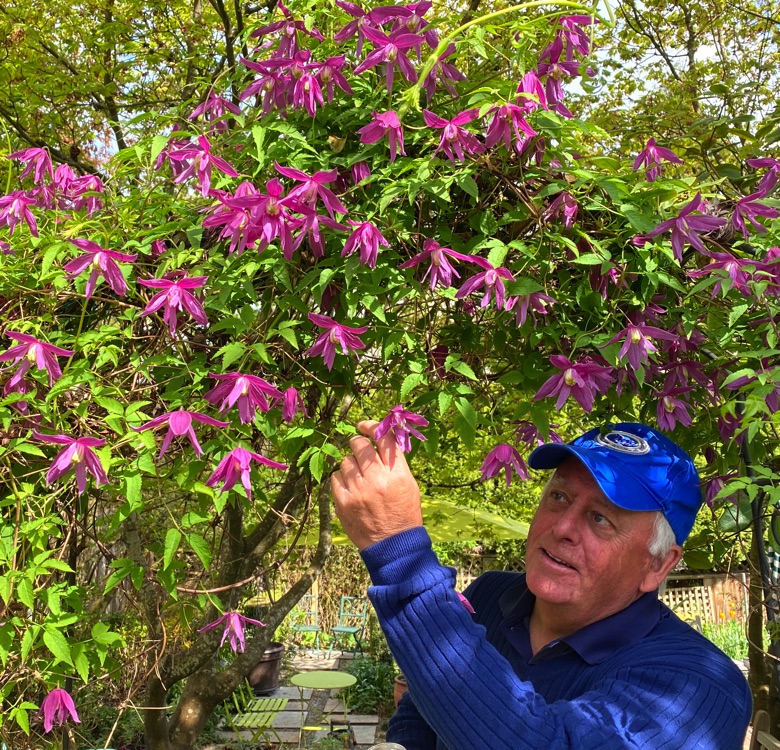

















Steve your garden is exceptional! I have never seen white bluebells before. And I do love the good old English Bluebell …. we have some under a magnolia, then followed by Iris.
We are still trying to grow grass! Having reseeded from scratch, with the trees and shrubs growing ever taller and too much shade! But to replace with pavers is costly…perhaps will learn to do it myself!
I love the water fountain of yours you made yourself and am in awe you did it. I check at Northwest landscape and have yet to see one as nice as the tall pot you converted!
Nice to have the virtual tour, so uplifting! Thank you
Penny Noble
Thanks, Penny. Very sweet of you. Yes, there are indeed “white bluebells.”
Here’s some information for you and others curious:
Hyacinthoides White City
White bluebells (Hyacinthoides hispanica ‘White City’) are vigorous, easy to grow and excellent naturalisers. Plant them in autumn and they’ll flower the following April with graceful white nodding blooms. If planted in beds, every year the groups will get larger and more impressive. They can get carried away which is very useful if you have a large space to fill, otherwise plant them in pots or contained beds and leave them to provide an easy and reliable display each year.
Best suited to woodland surroundings, these white bluebells are a natural shade lover. But you don’t have to have large garden with trees and shrubs to enjoy this little stunner – in fact, it’s robust and non-fussy enough to plant virtually anywhere. As the name suggests, even a small city garden could make a great home to Hyacinthoides hispanica ‘White City, bringing a country woodland vibe to your planting schemes or pots and also providing nectar for bees.
* To avoid cross-hybridisation with native English bluebells in the UK, this variety is best grown in enclosed gardens or areas away from British woodland and countryside where it may be become invasive.
For more
https://www.farmergracy.co.uk/products/hyacinthoides-white-city-bluebells-bulbs-uk
Comments are closed.